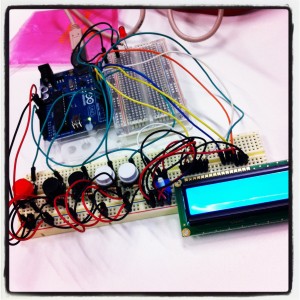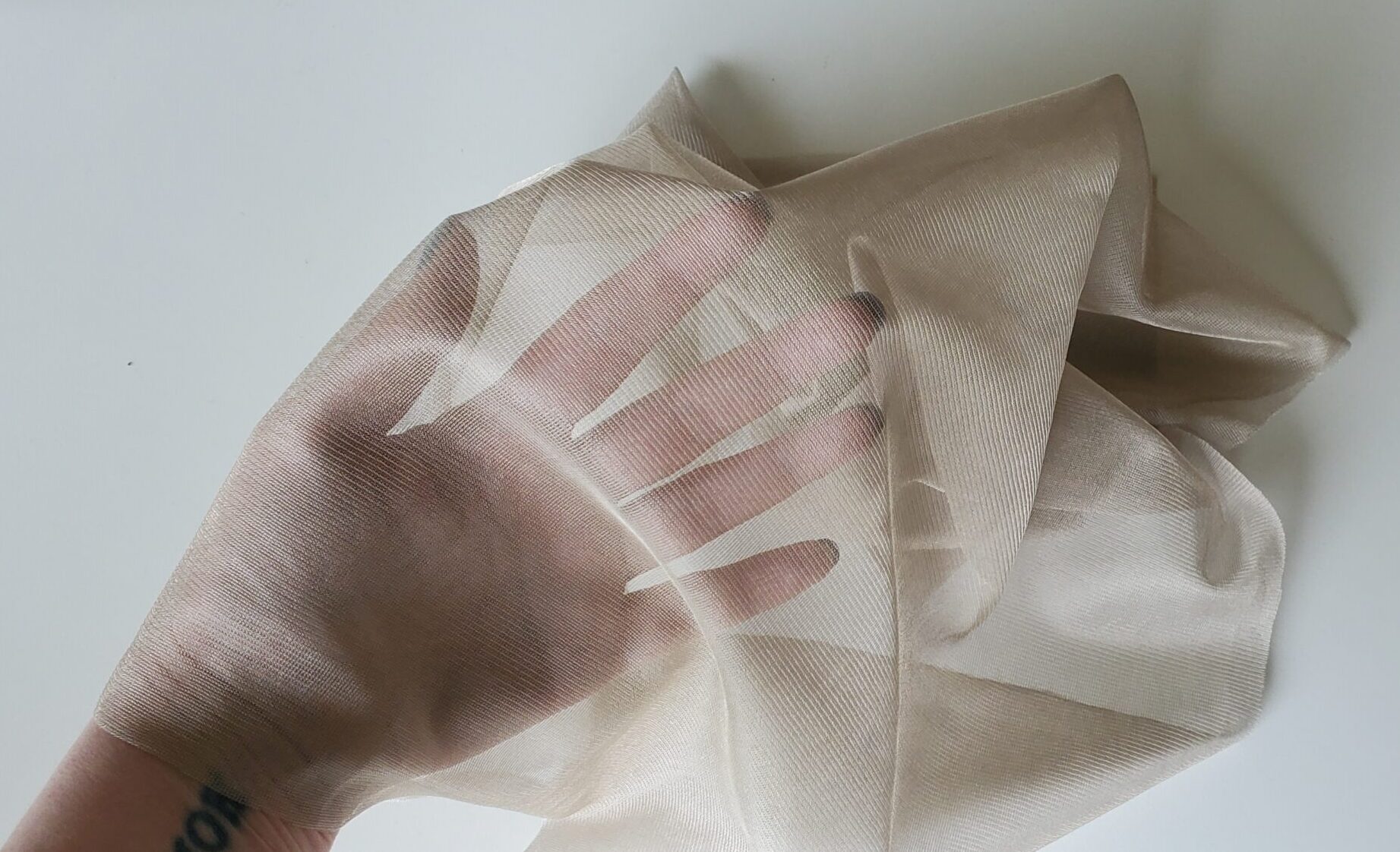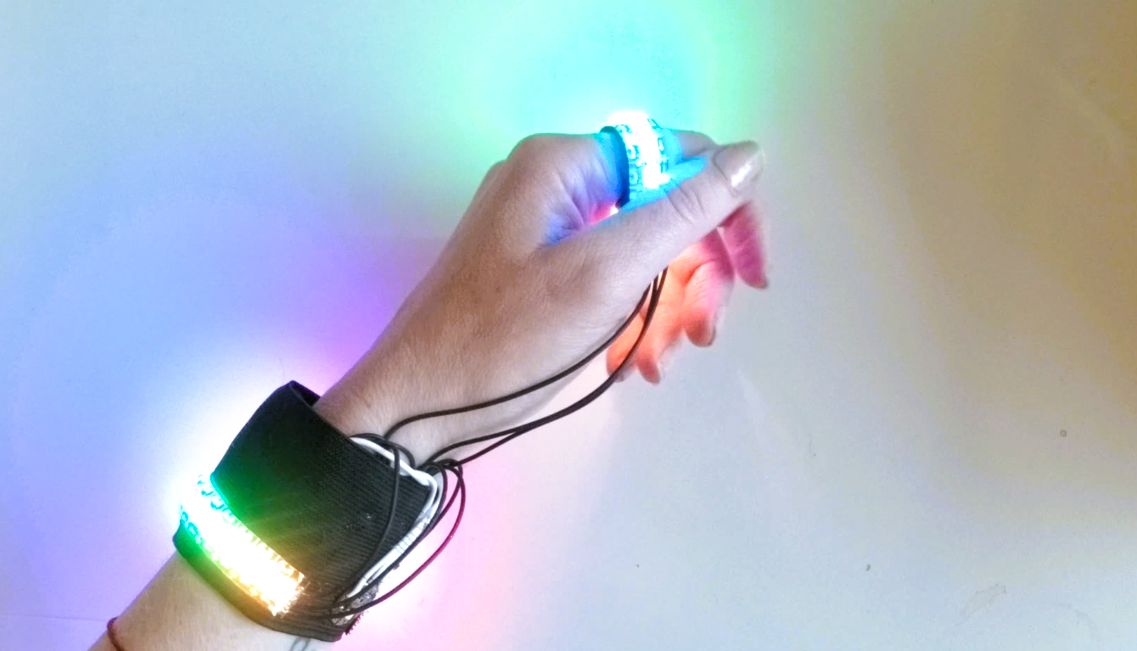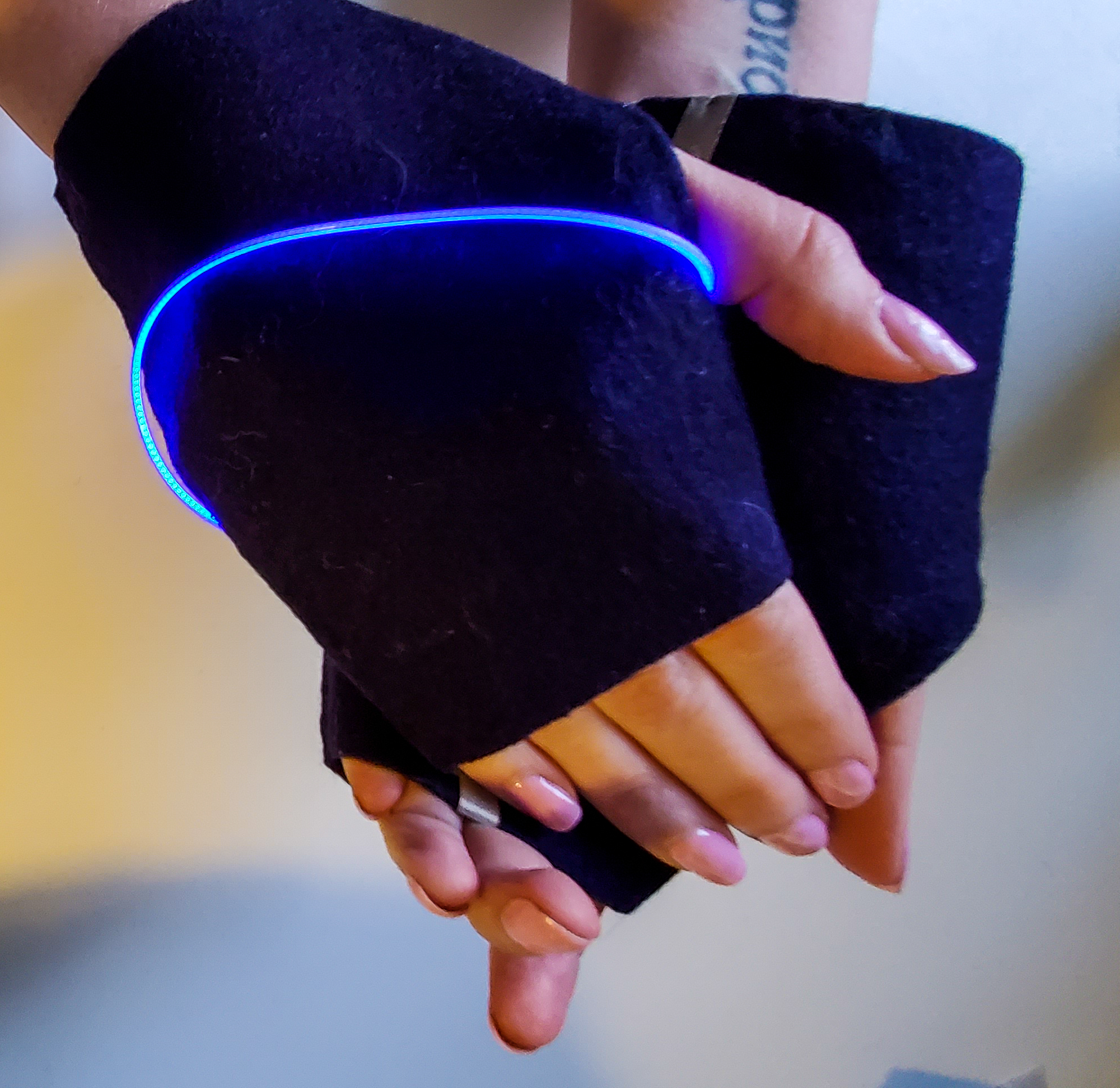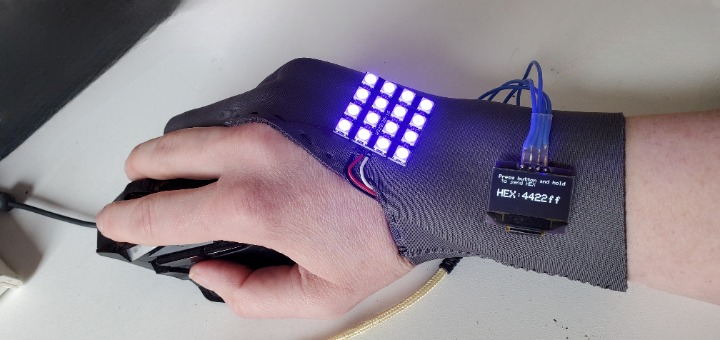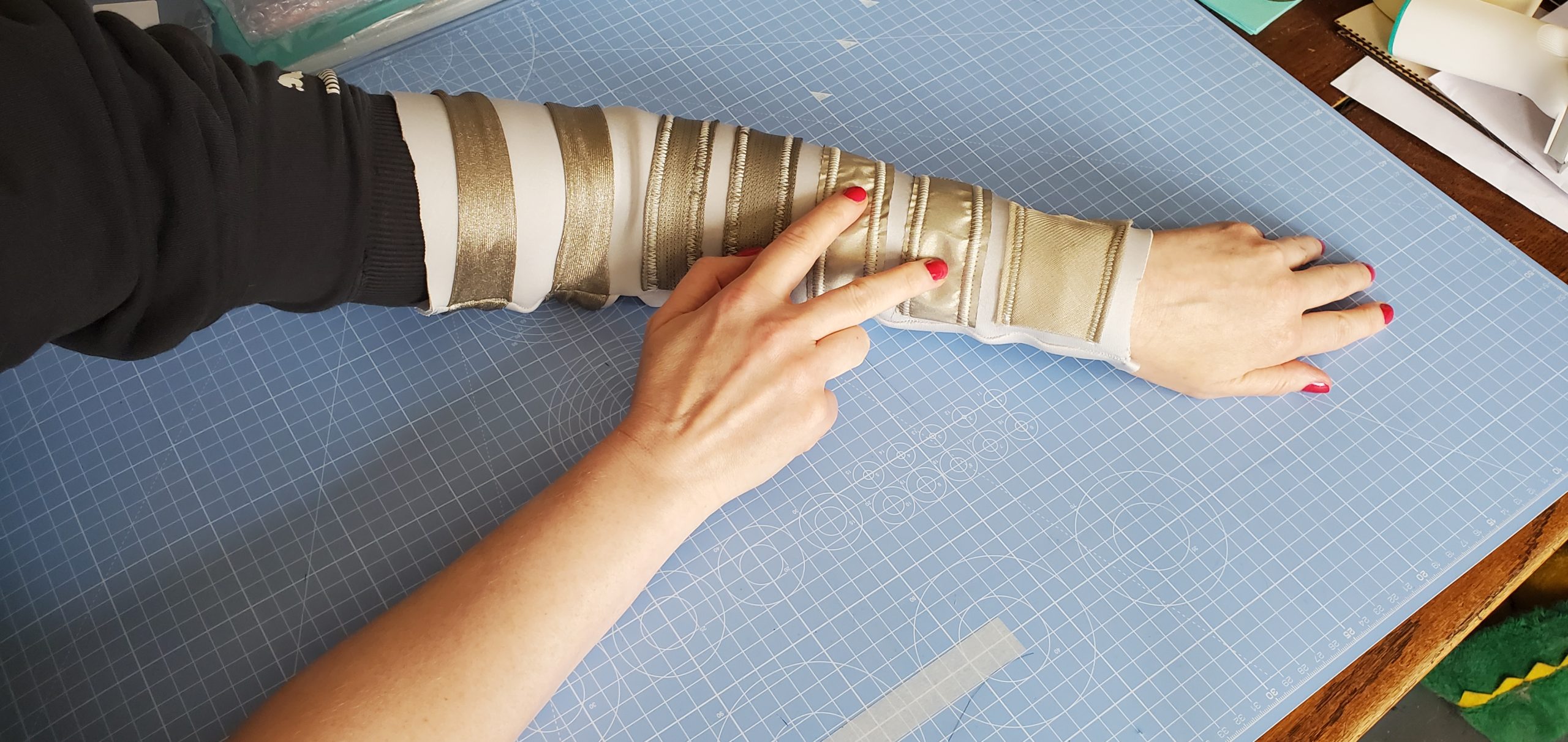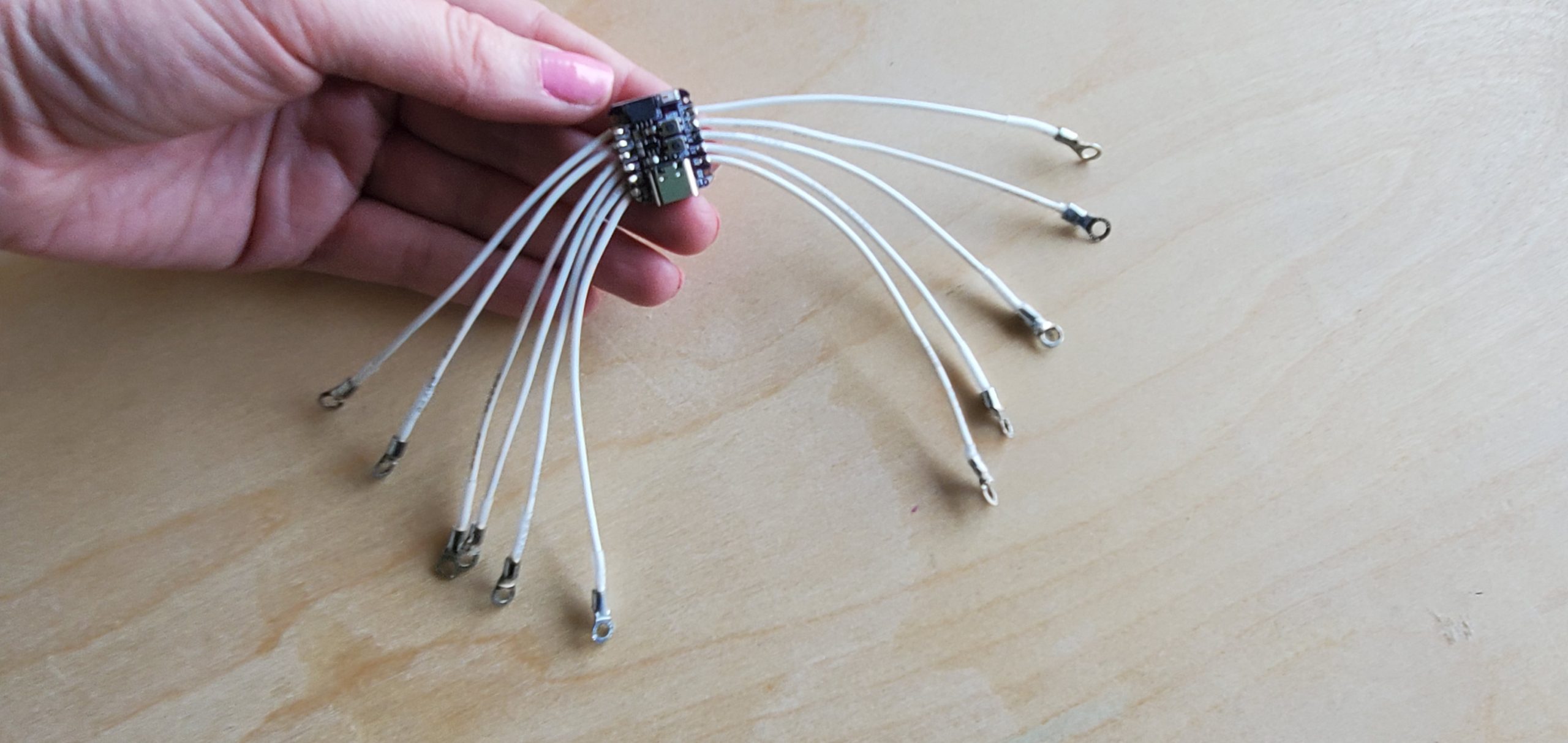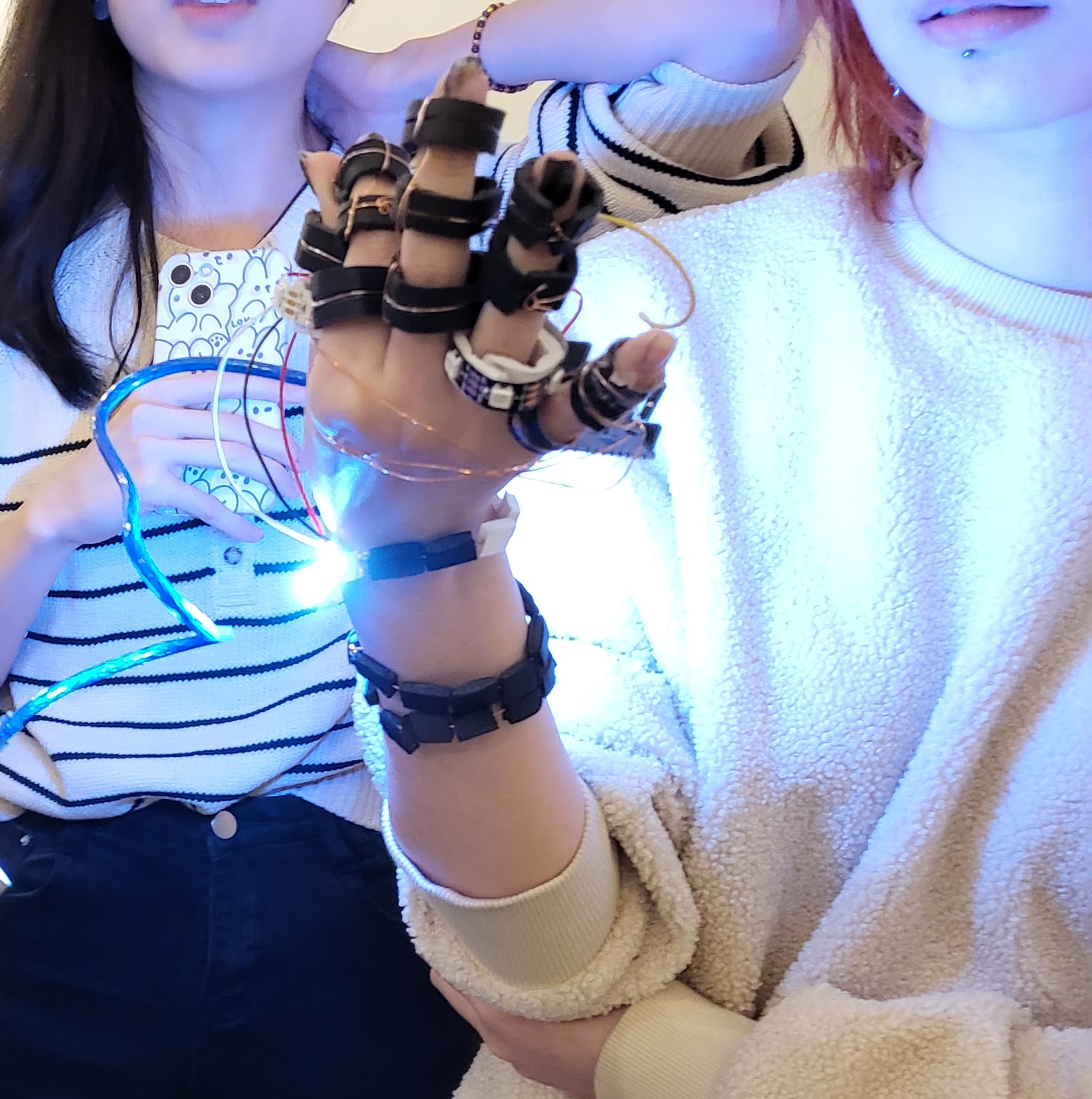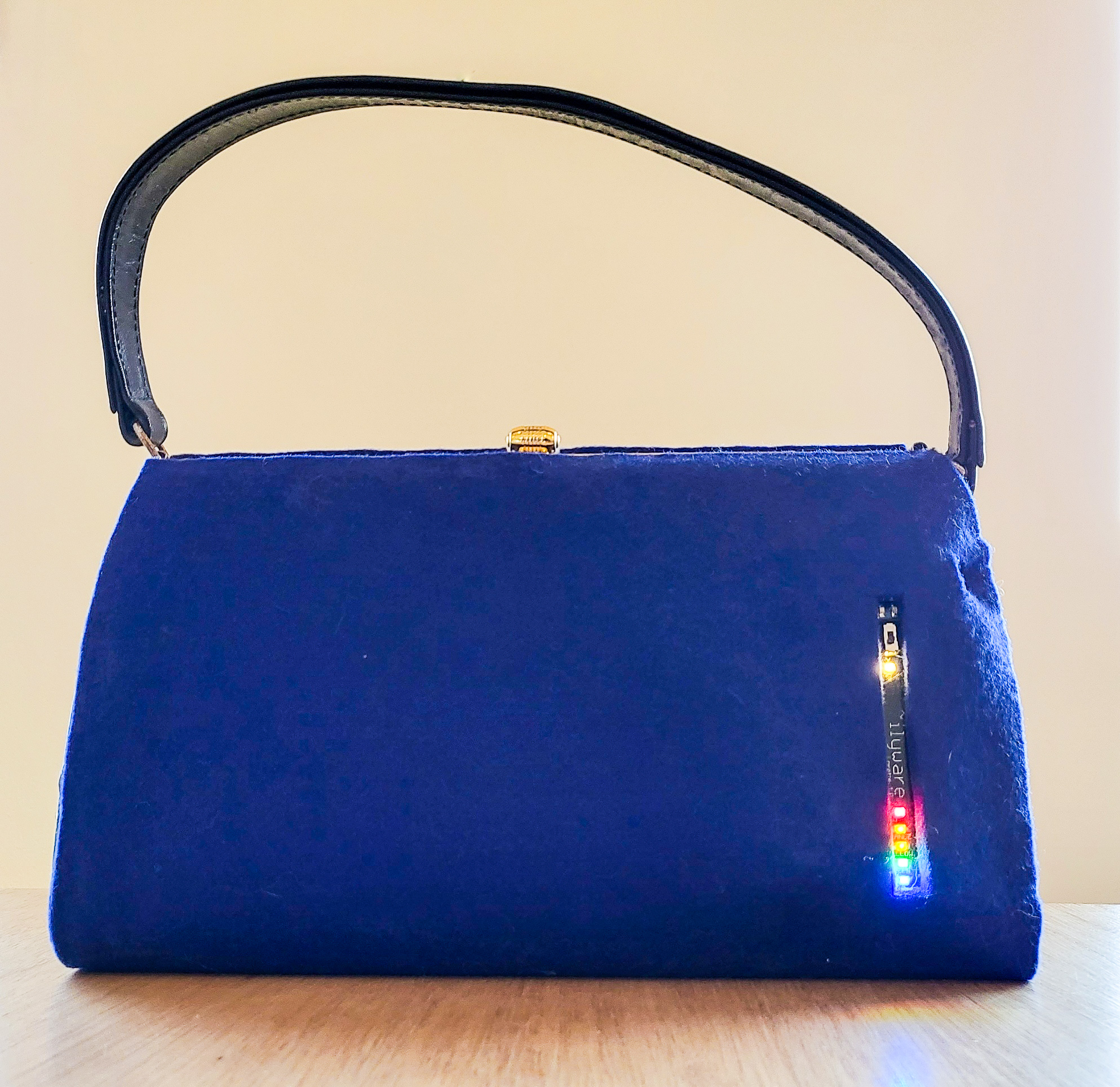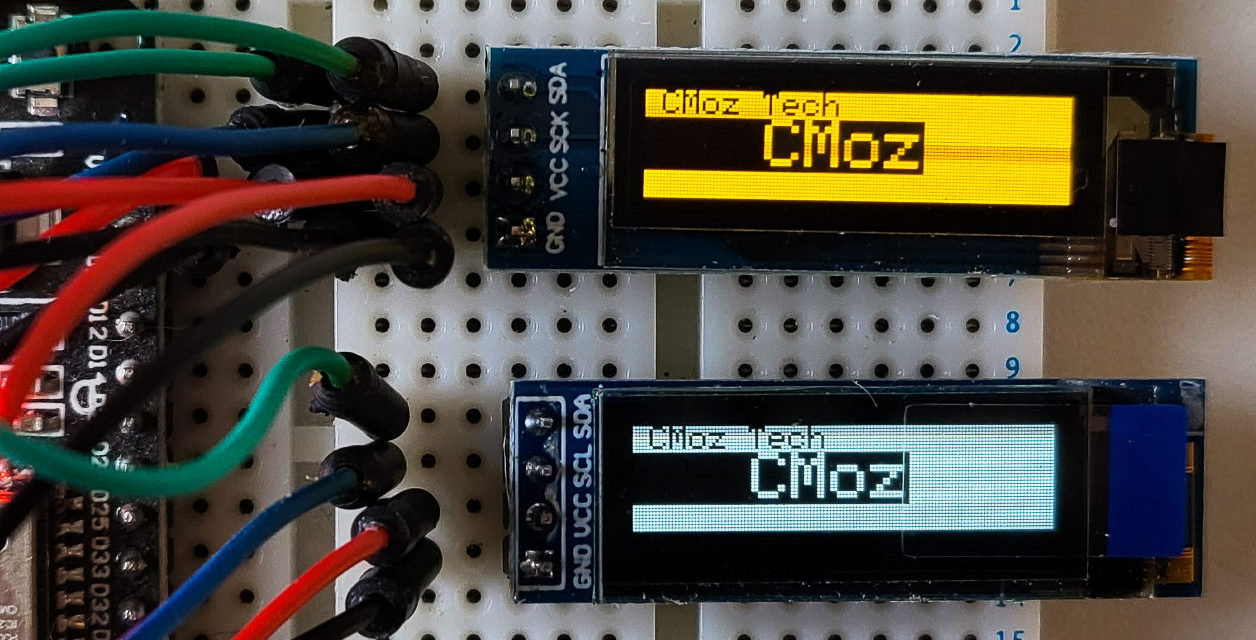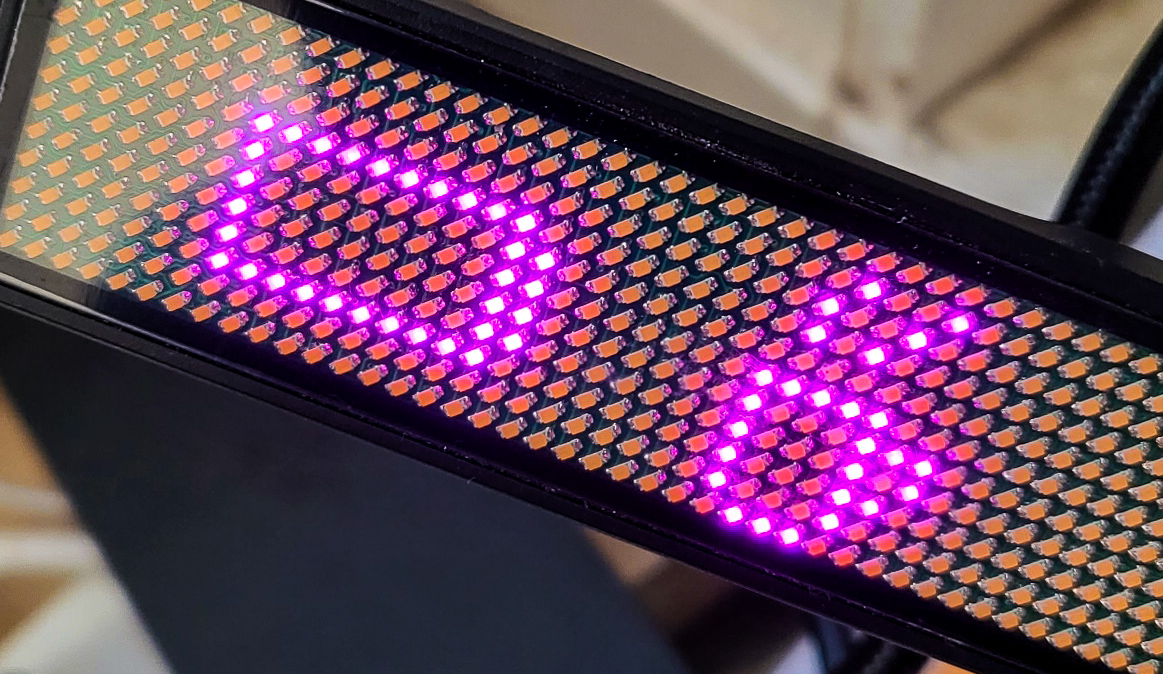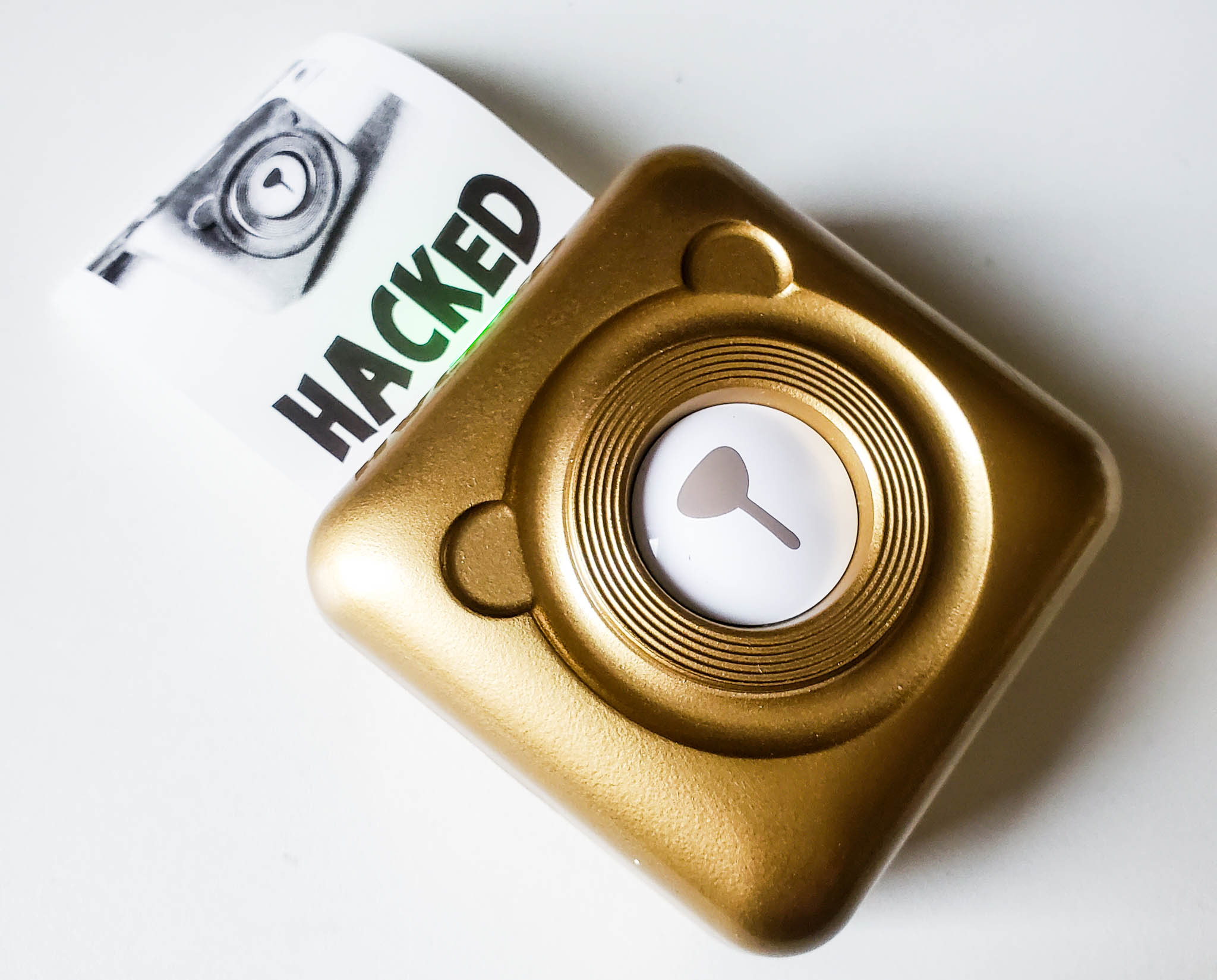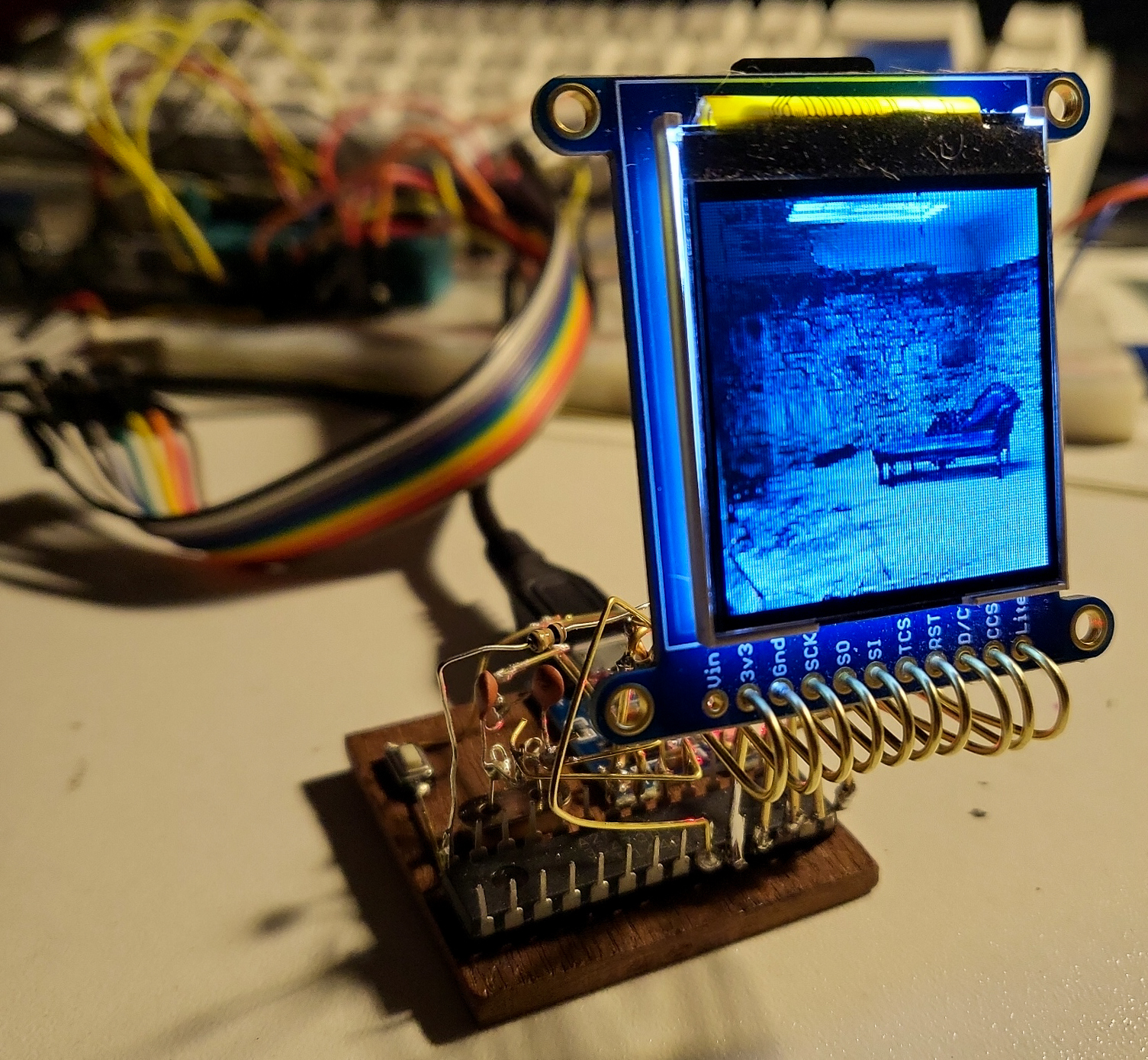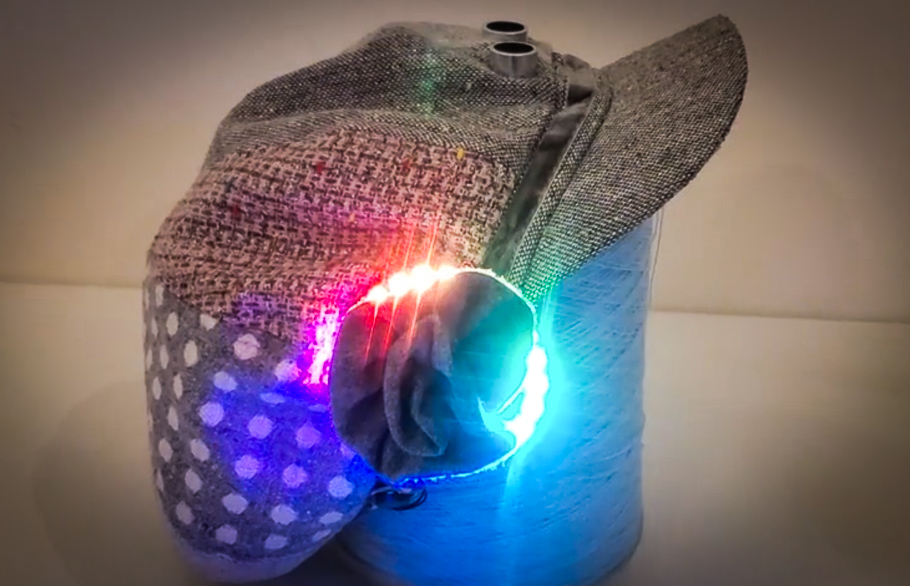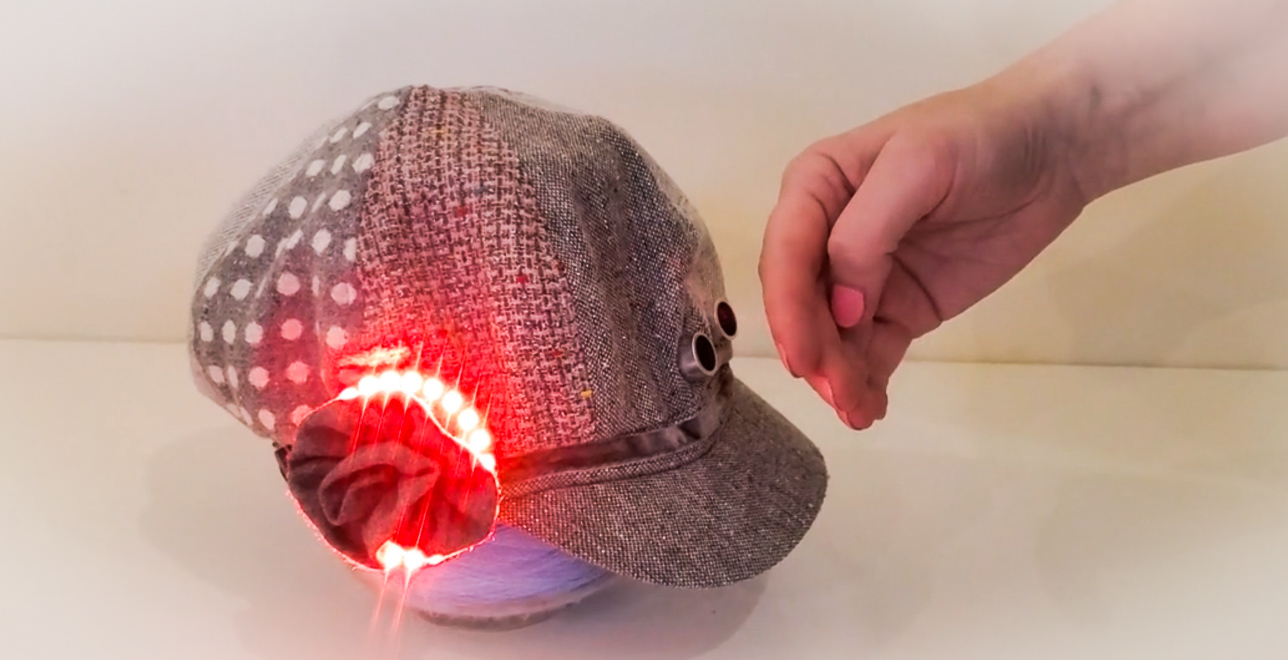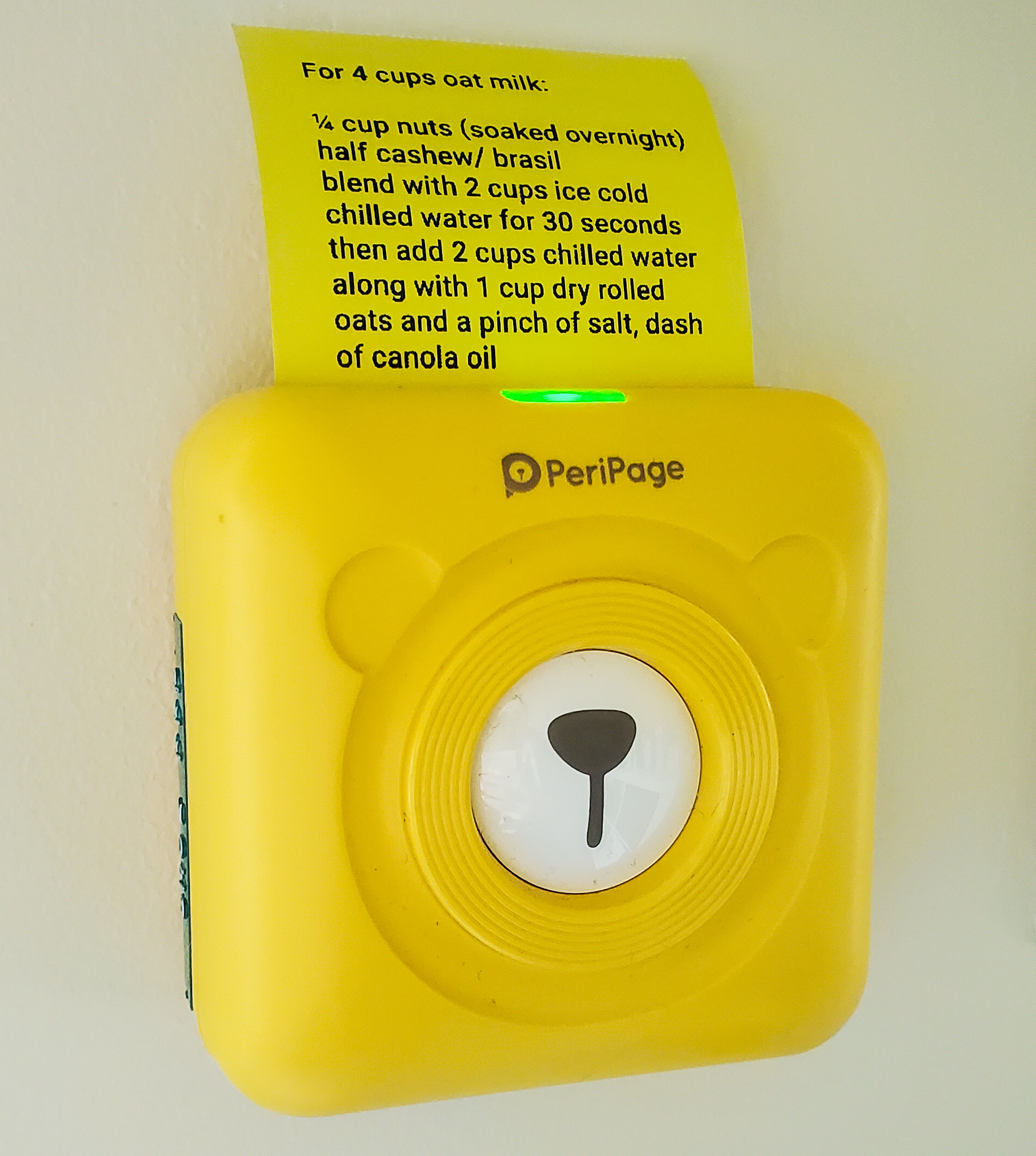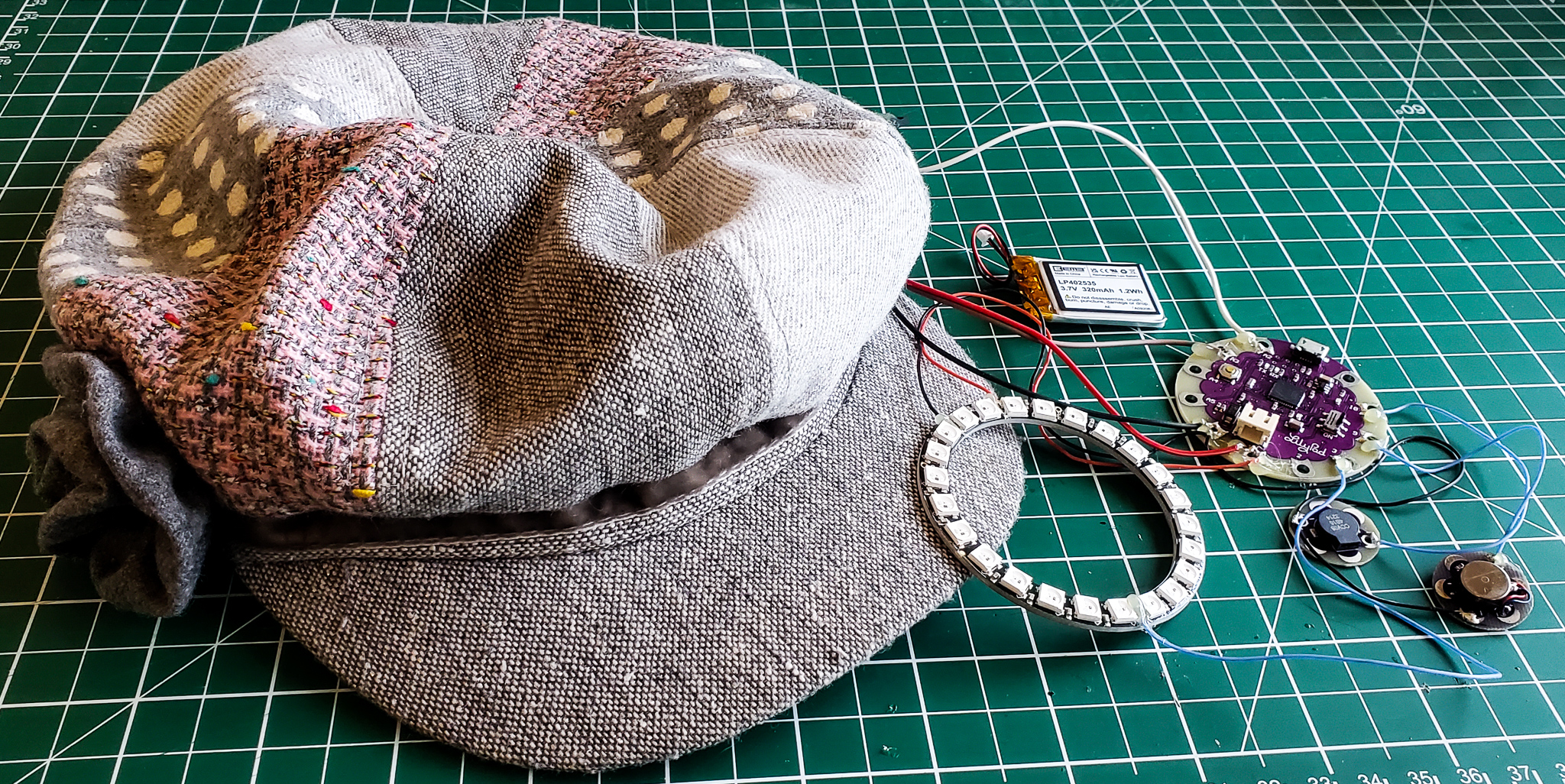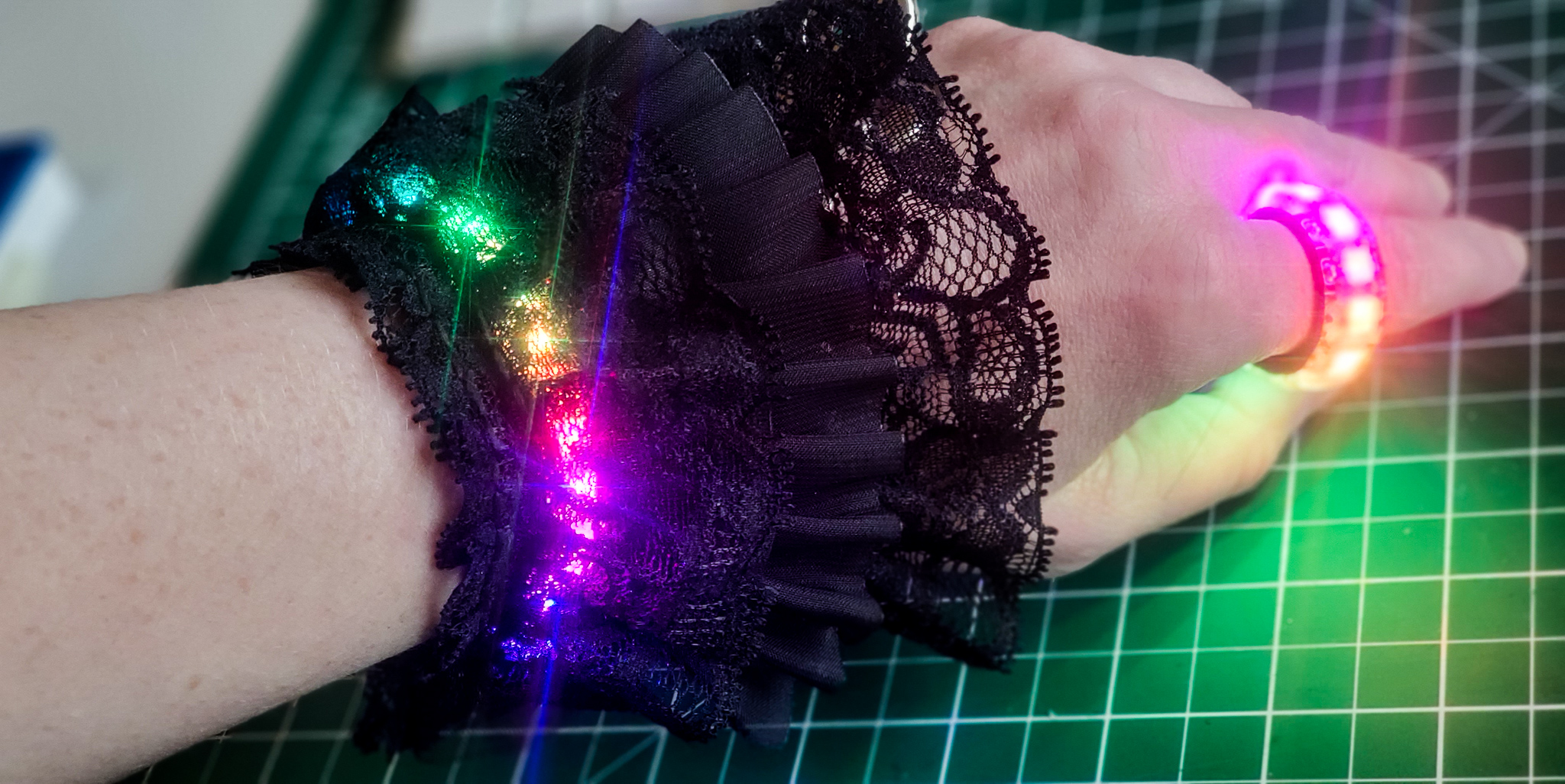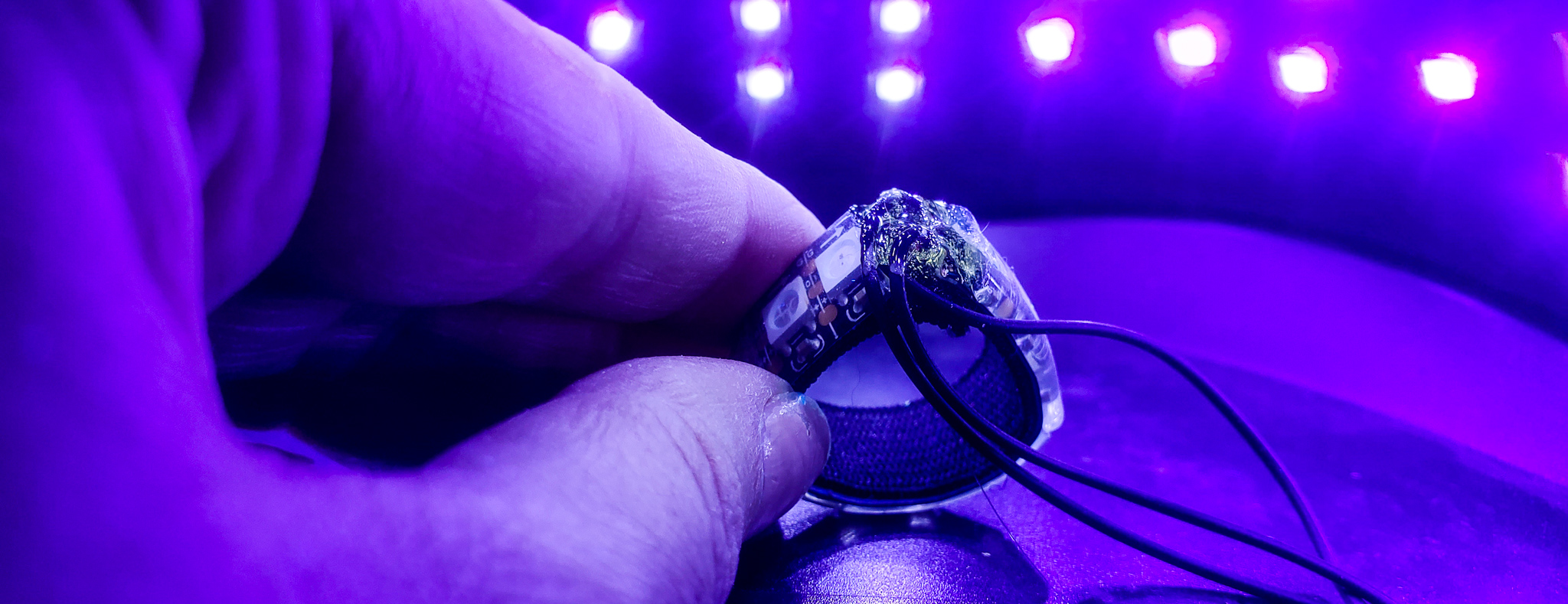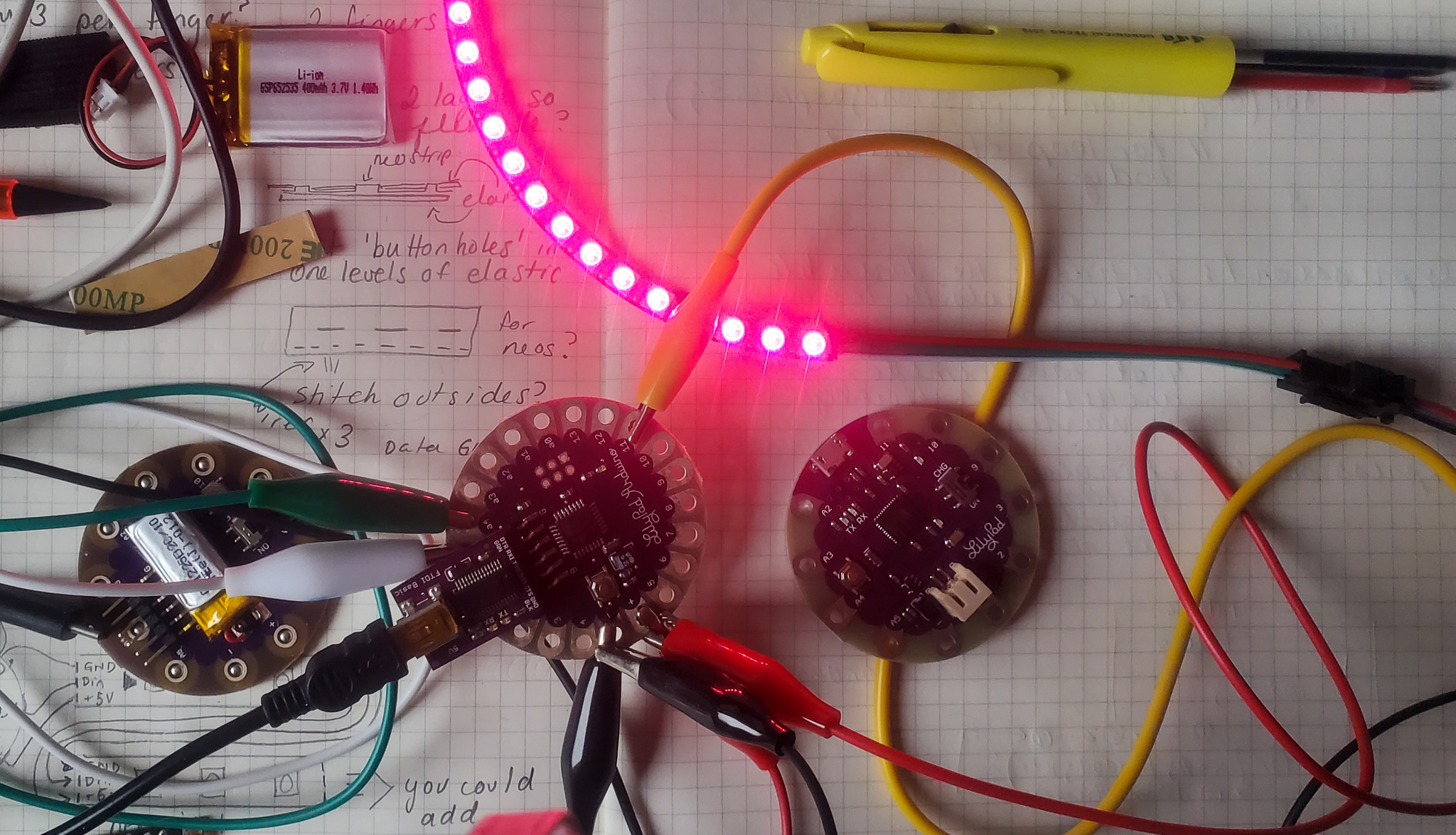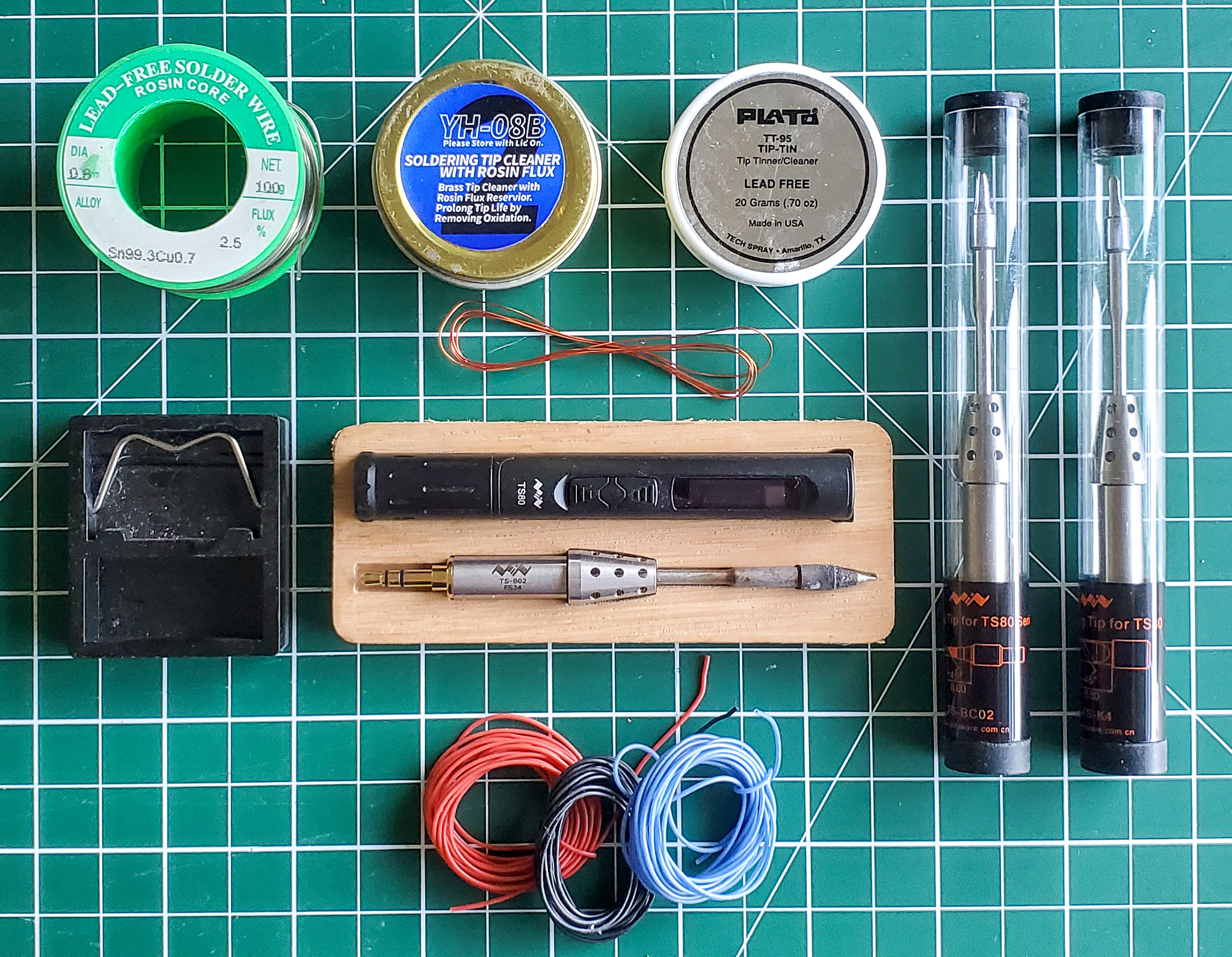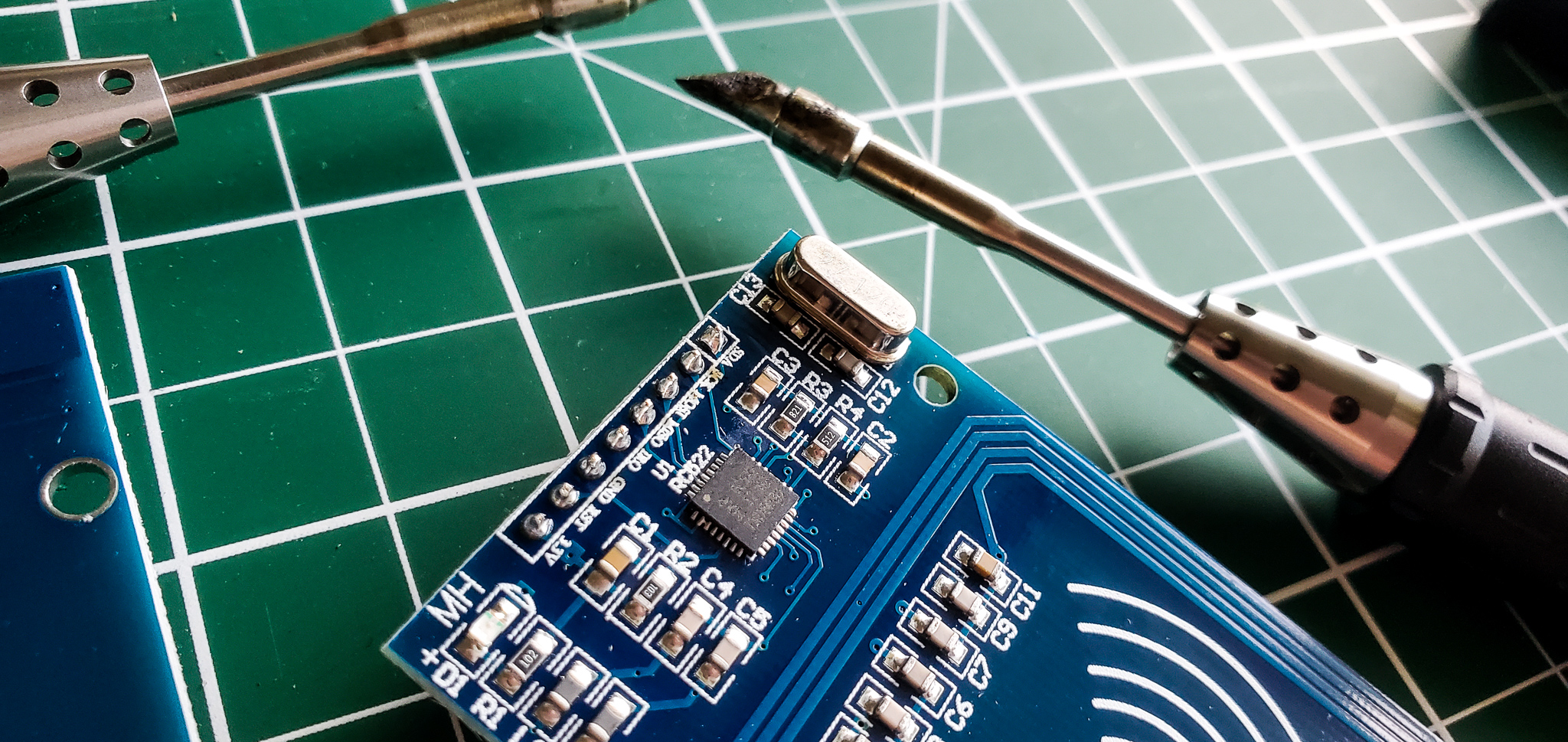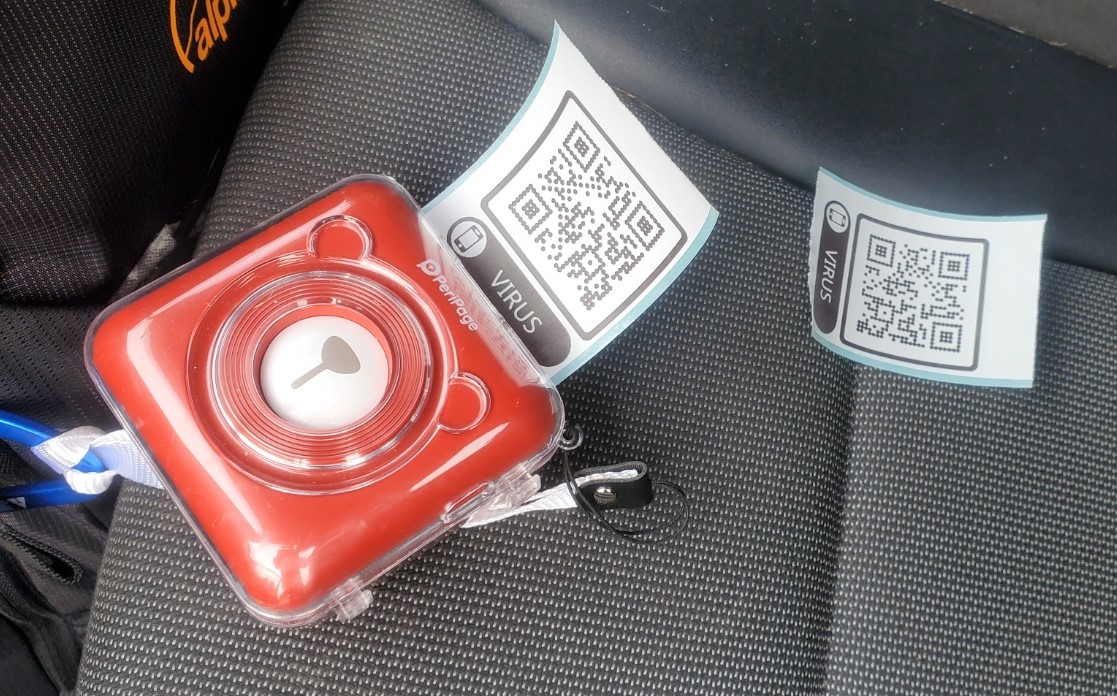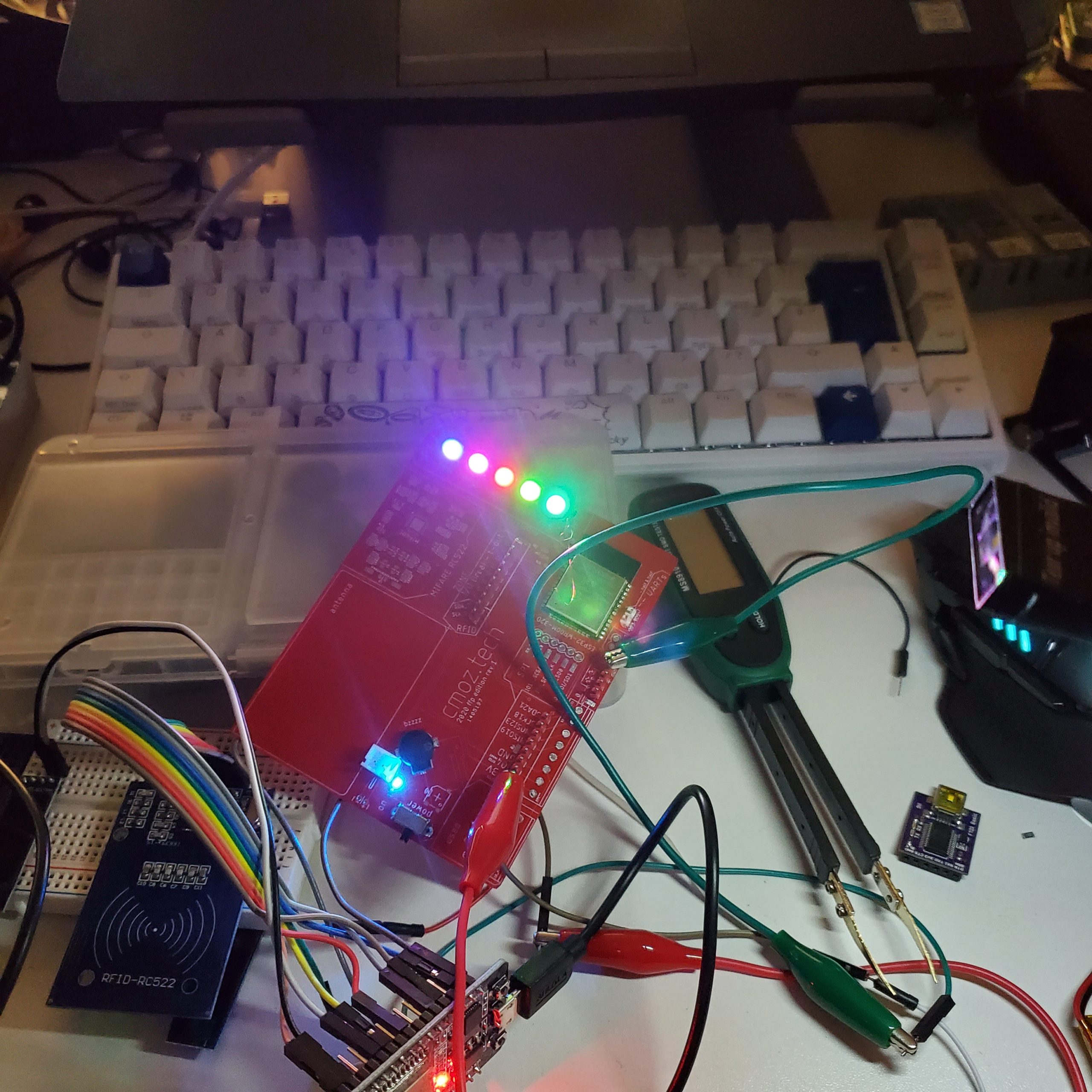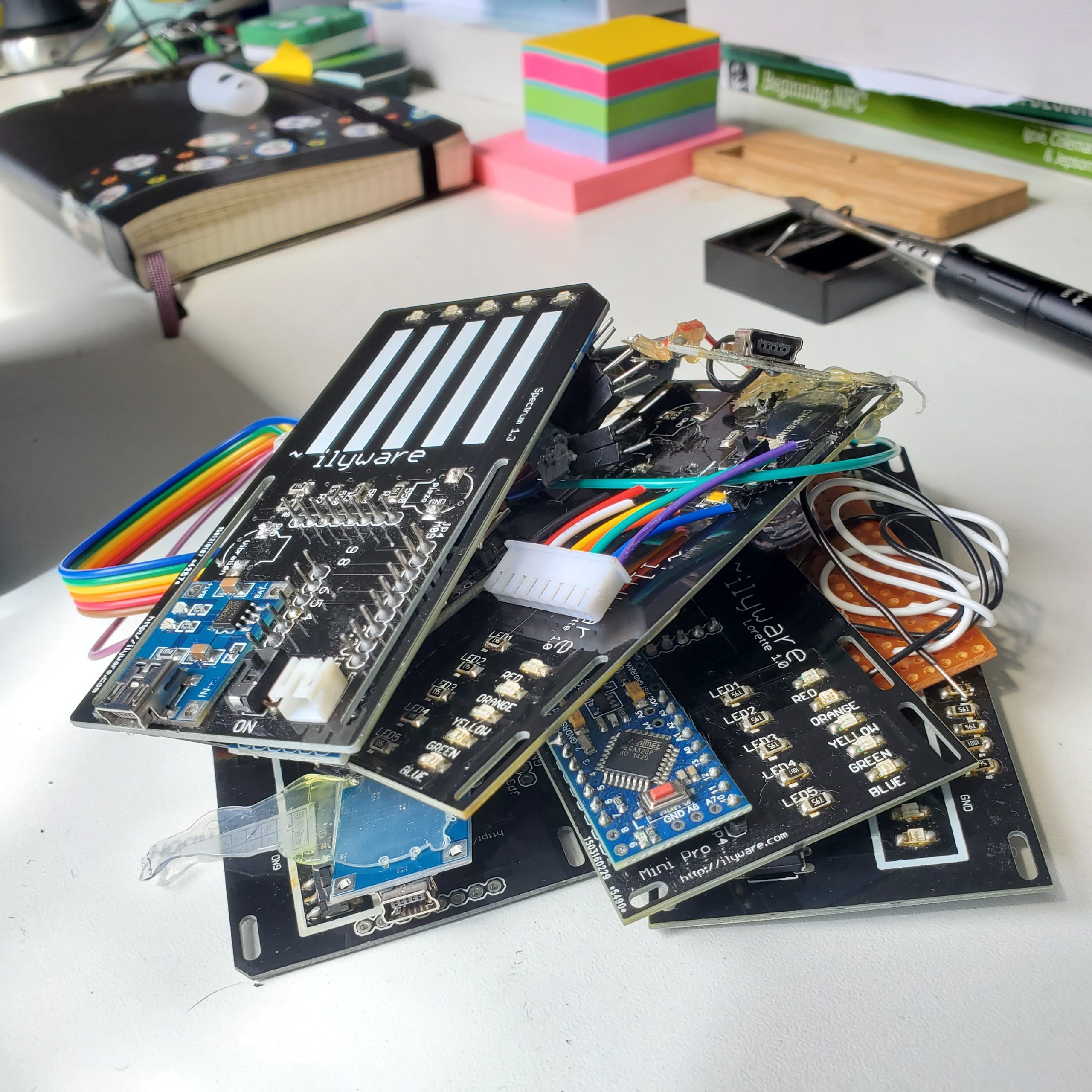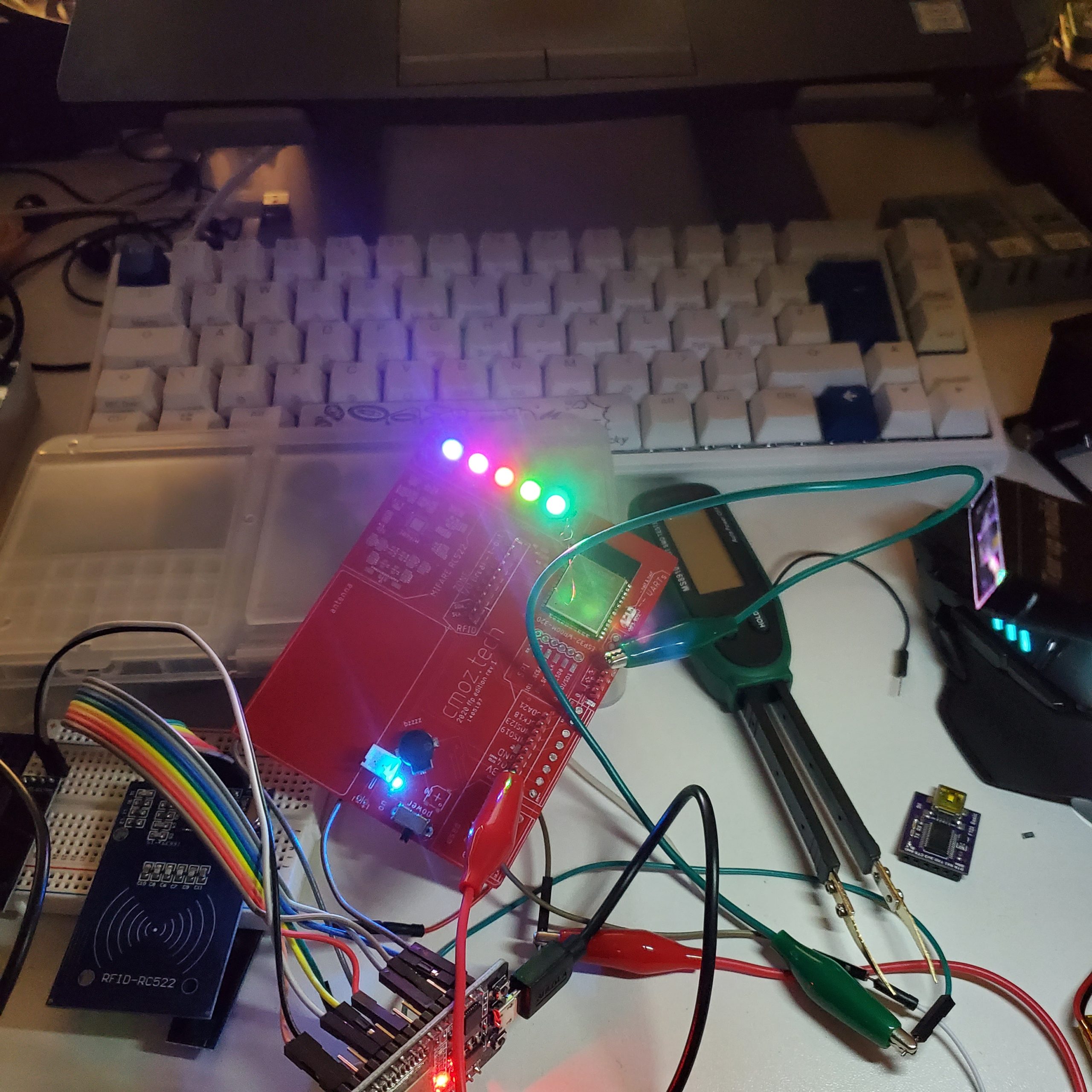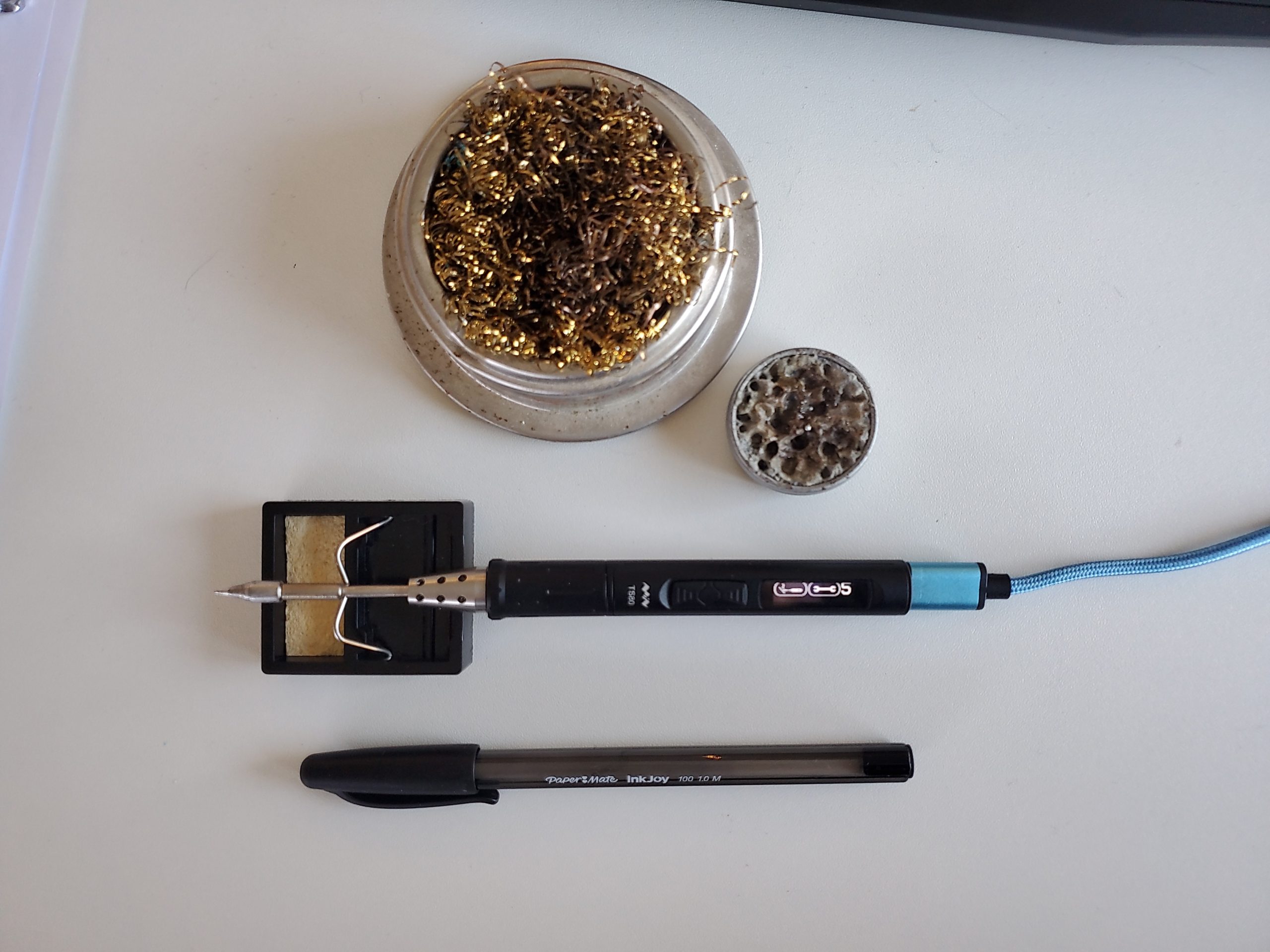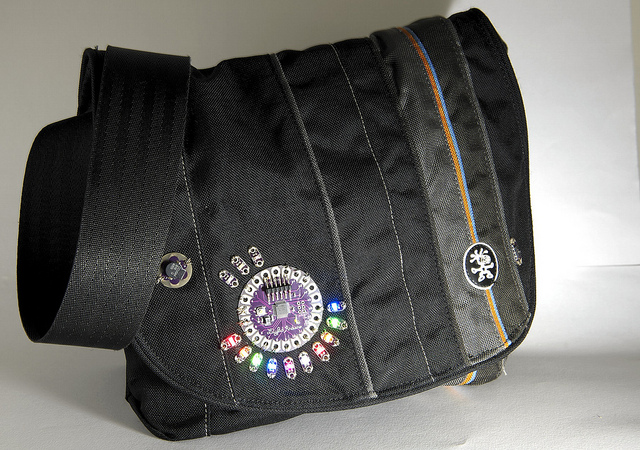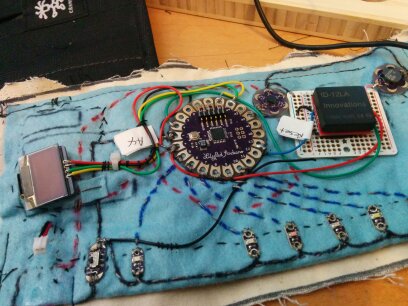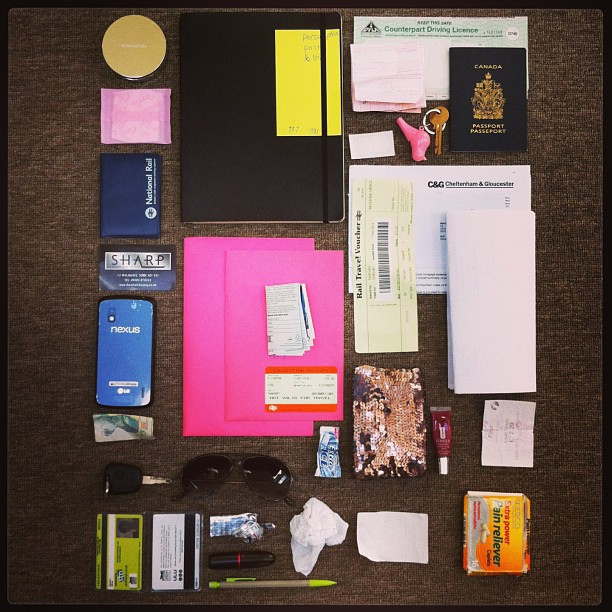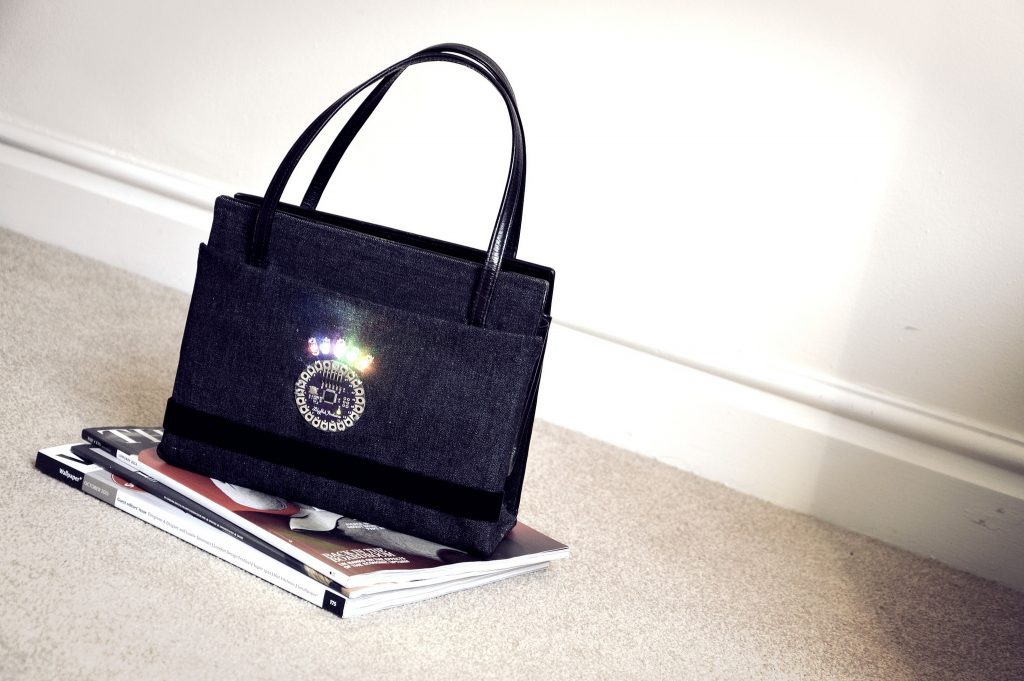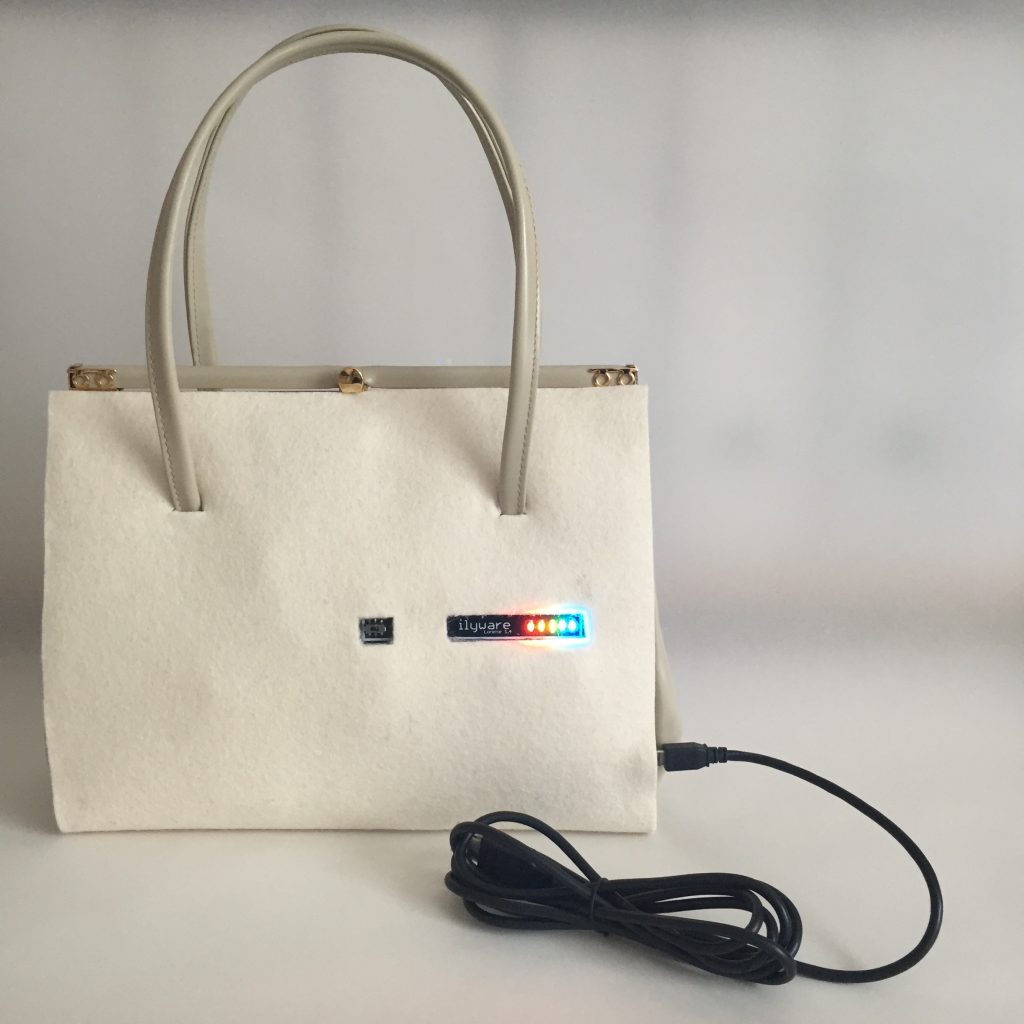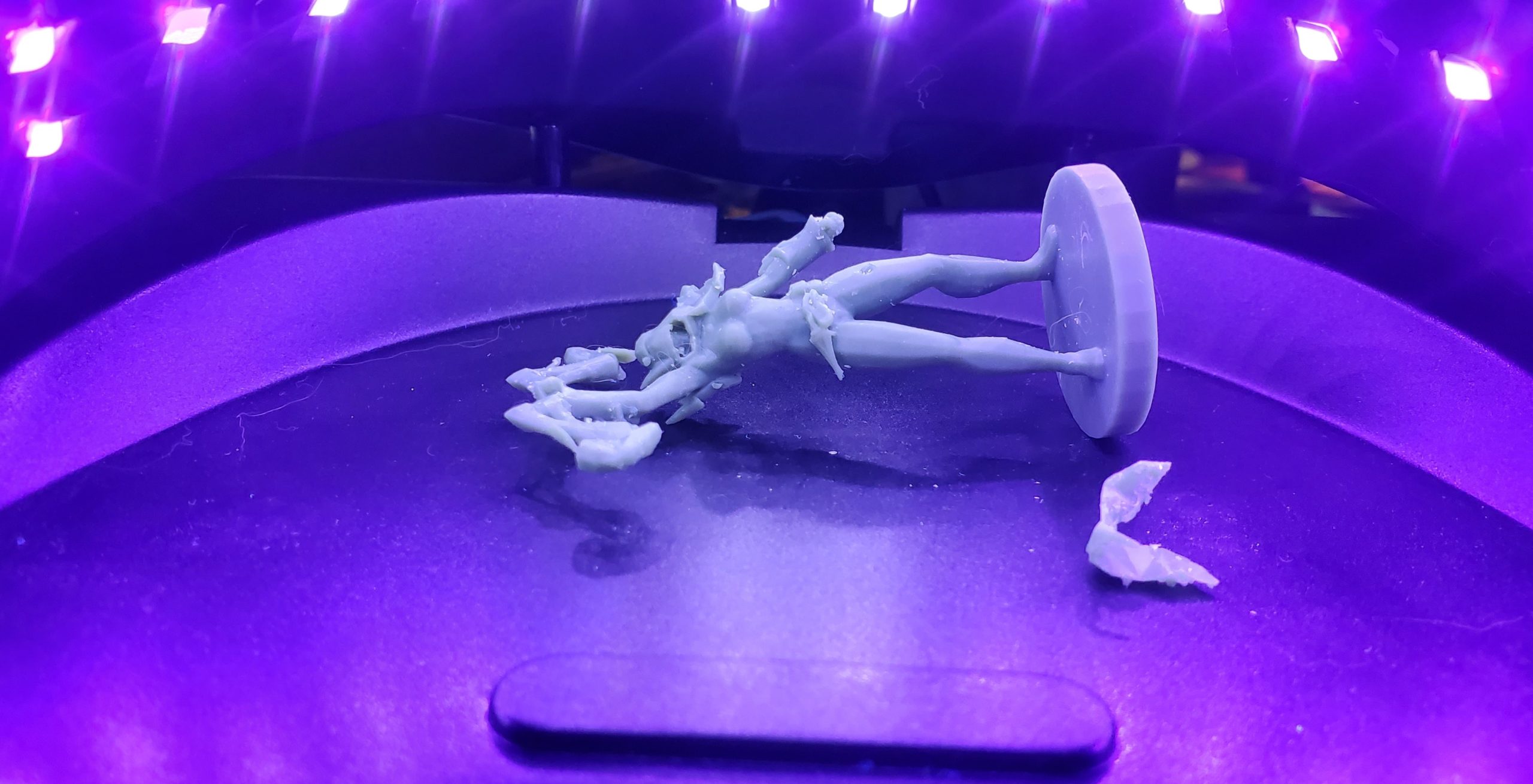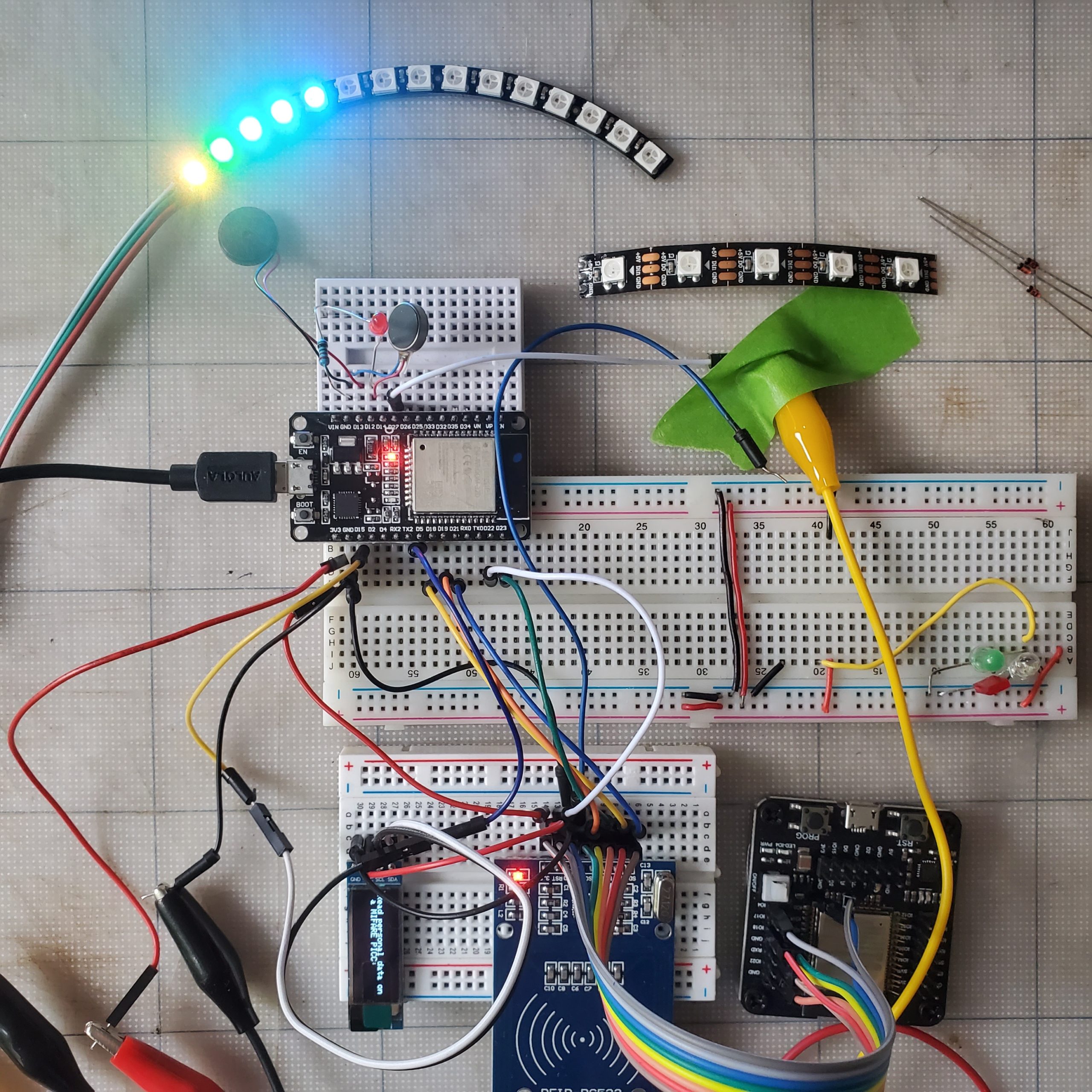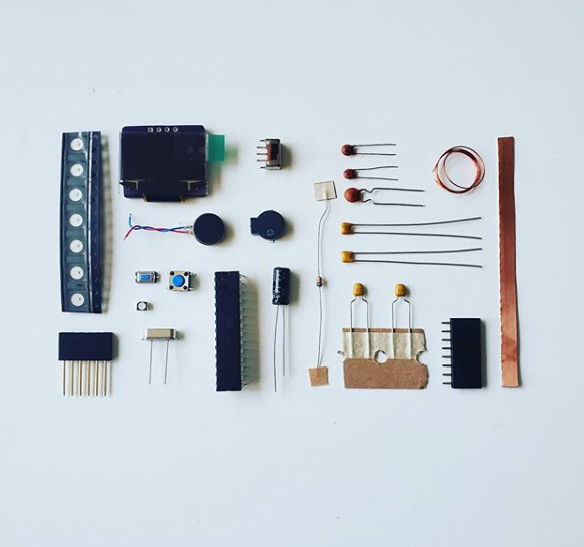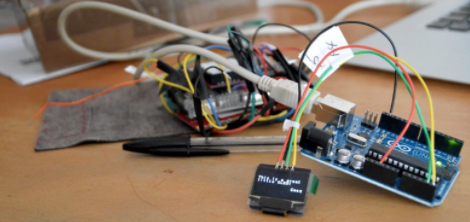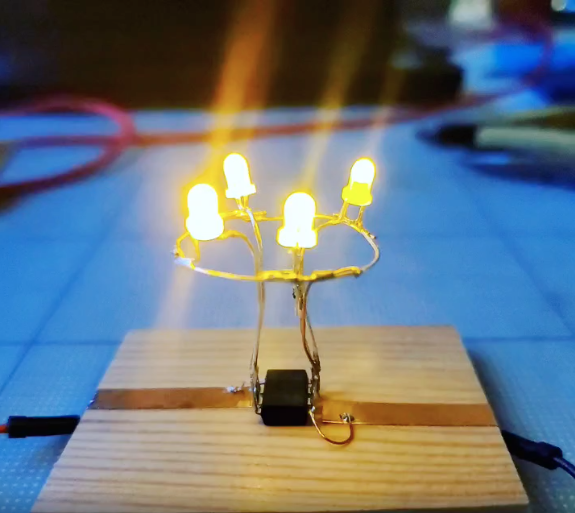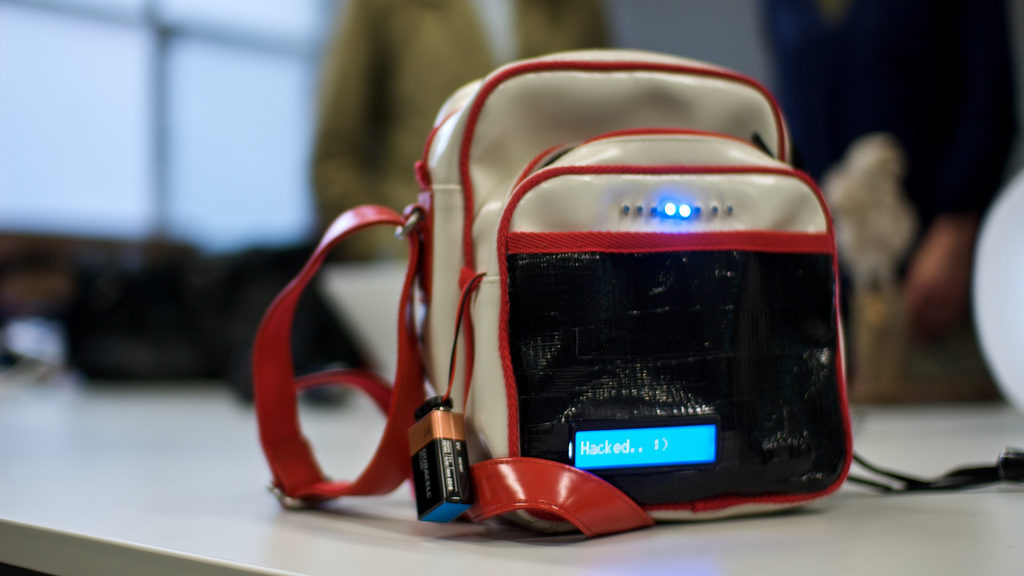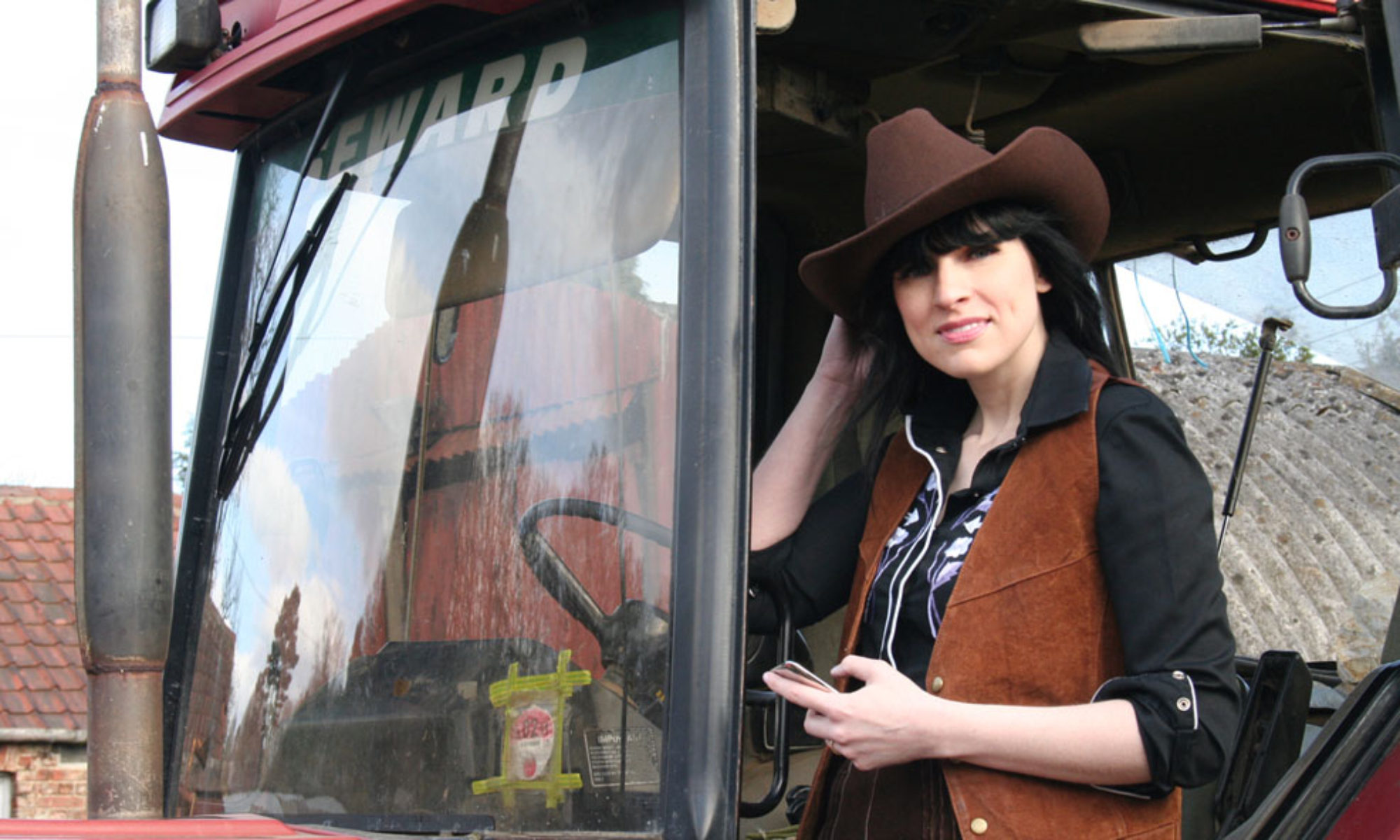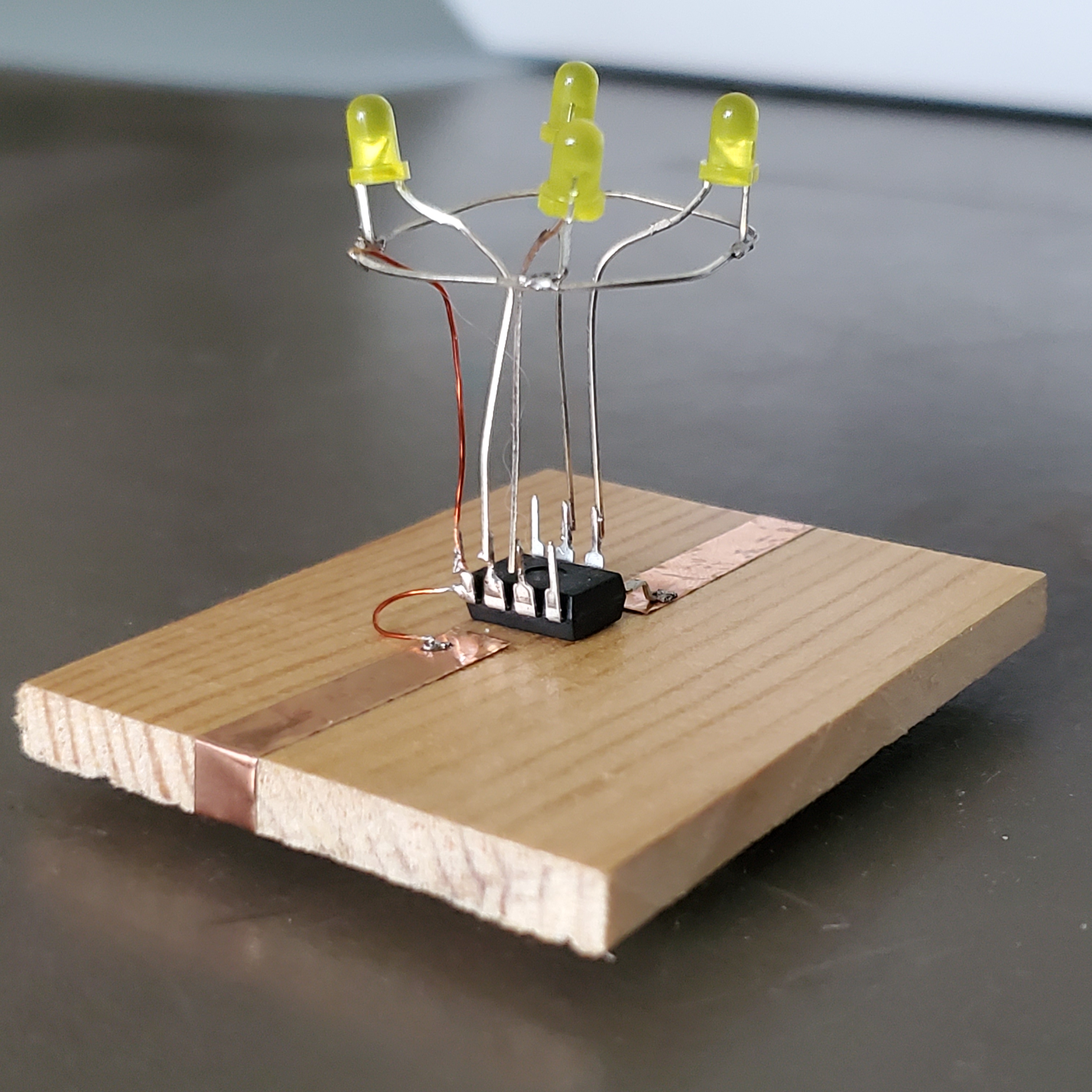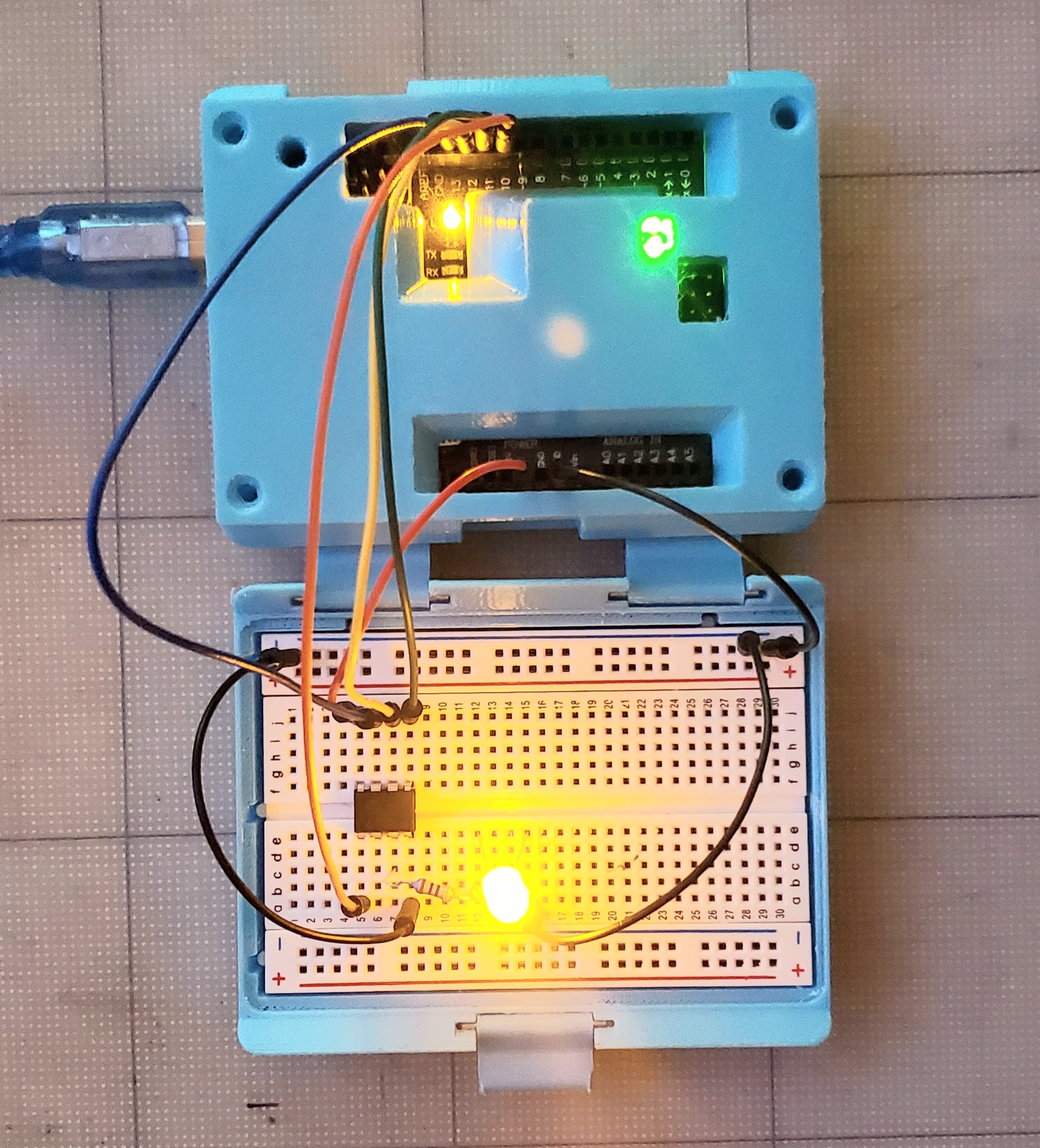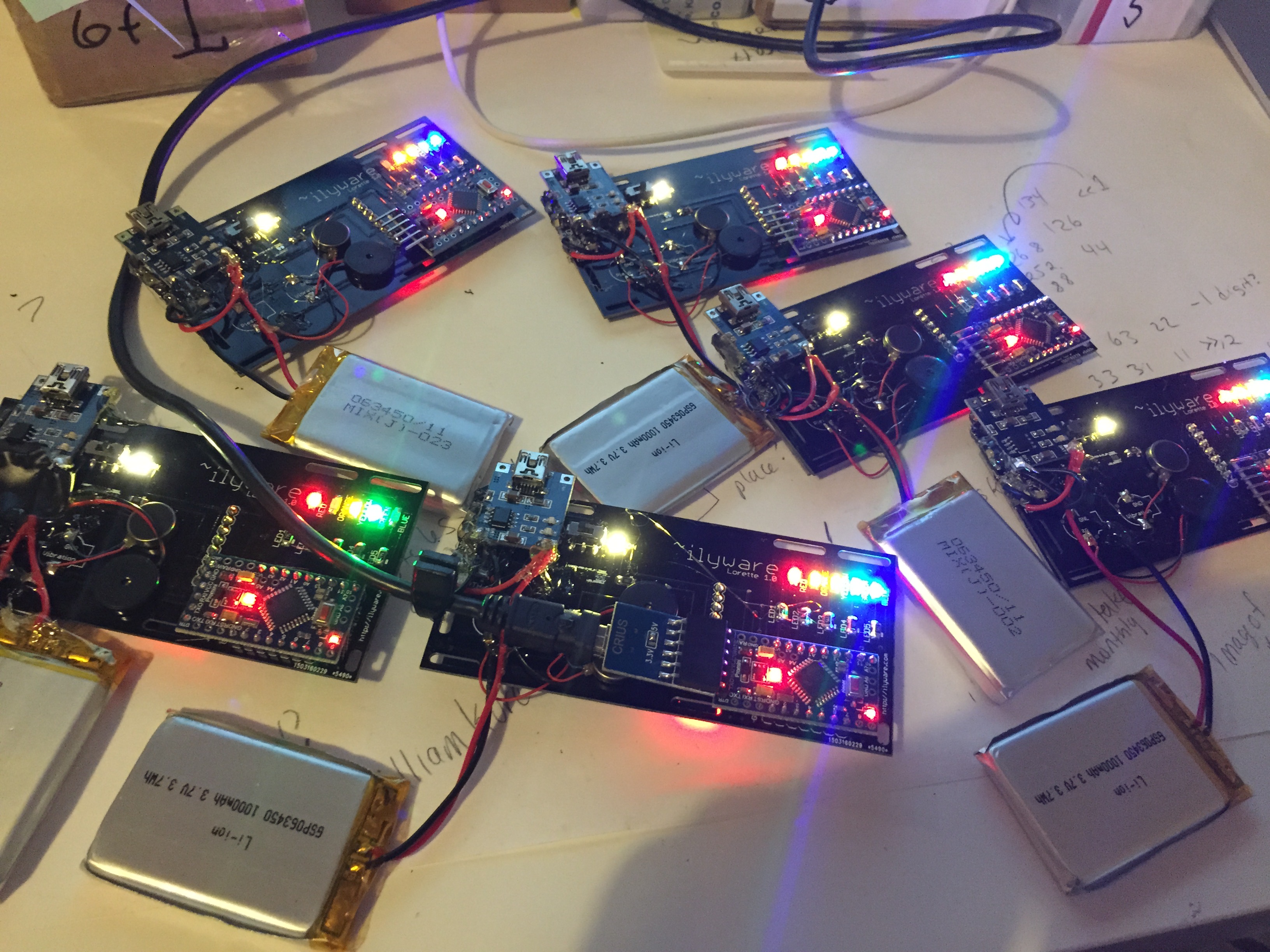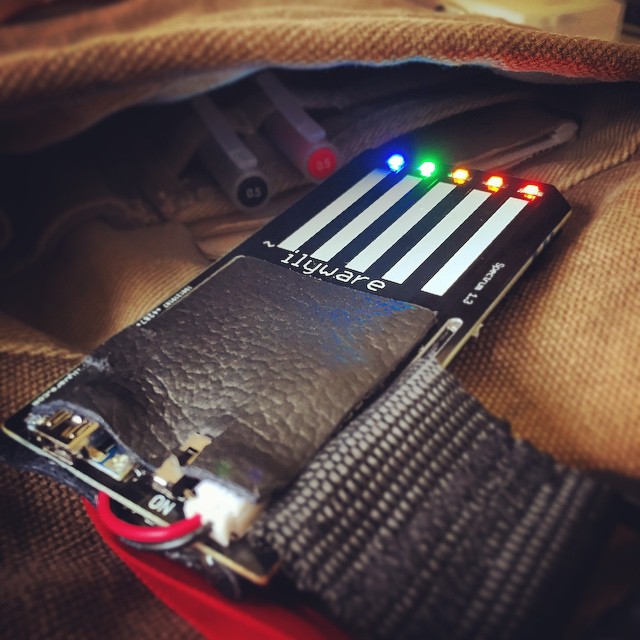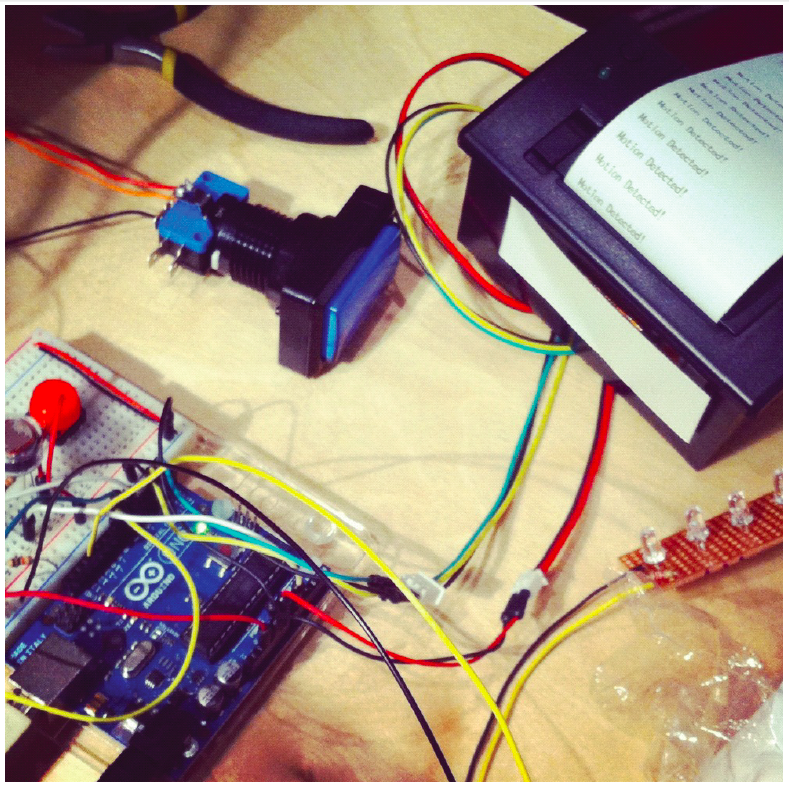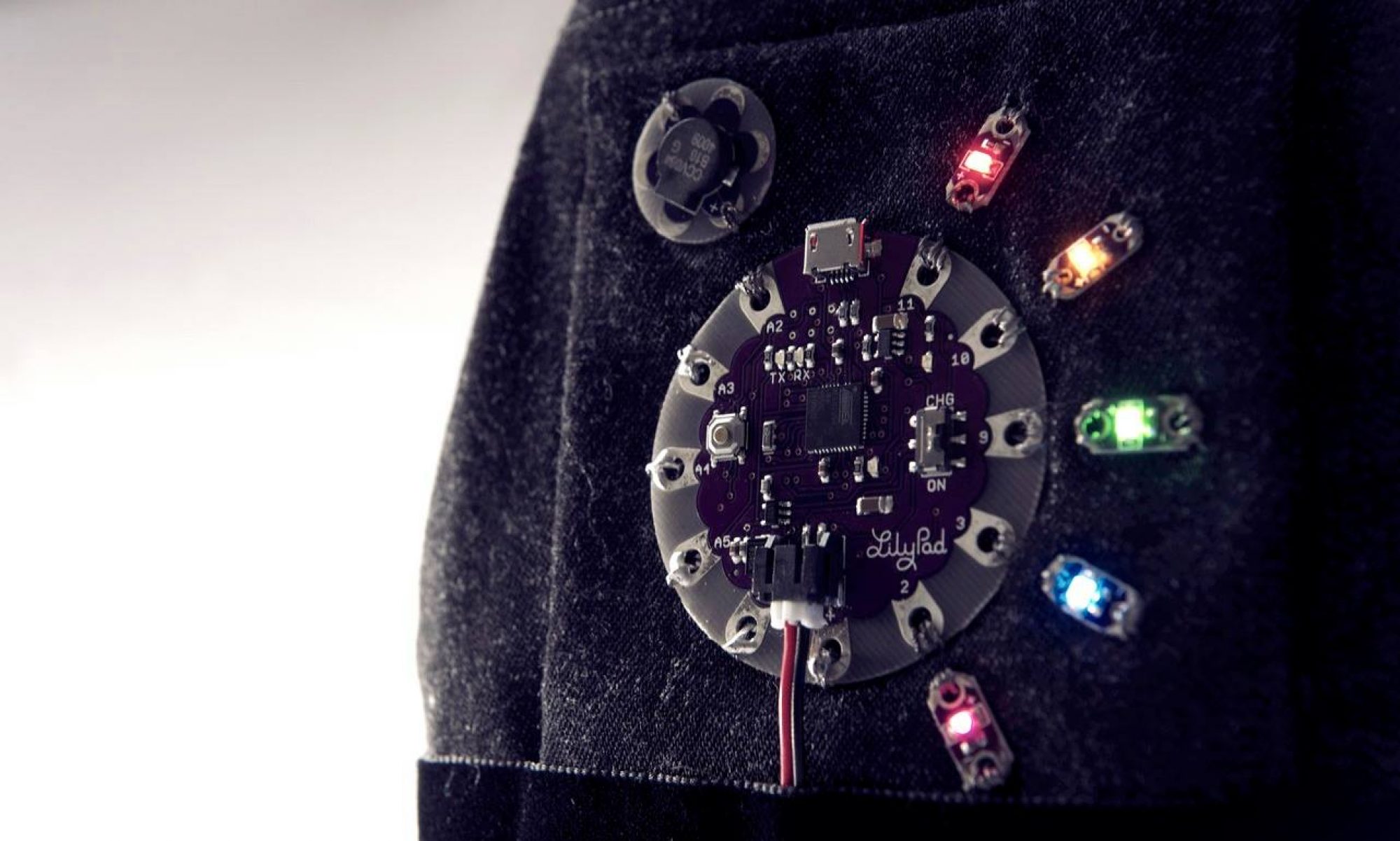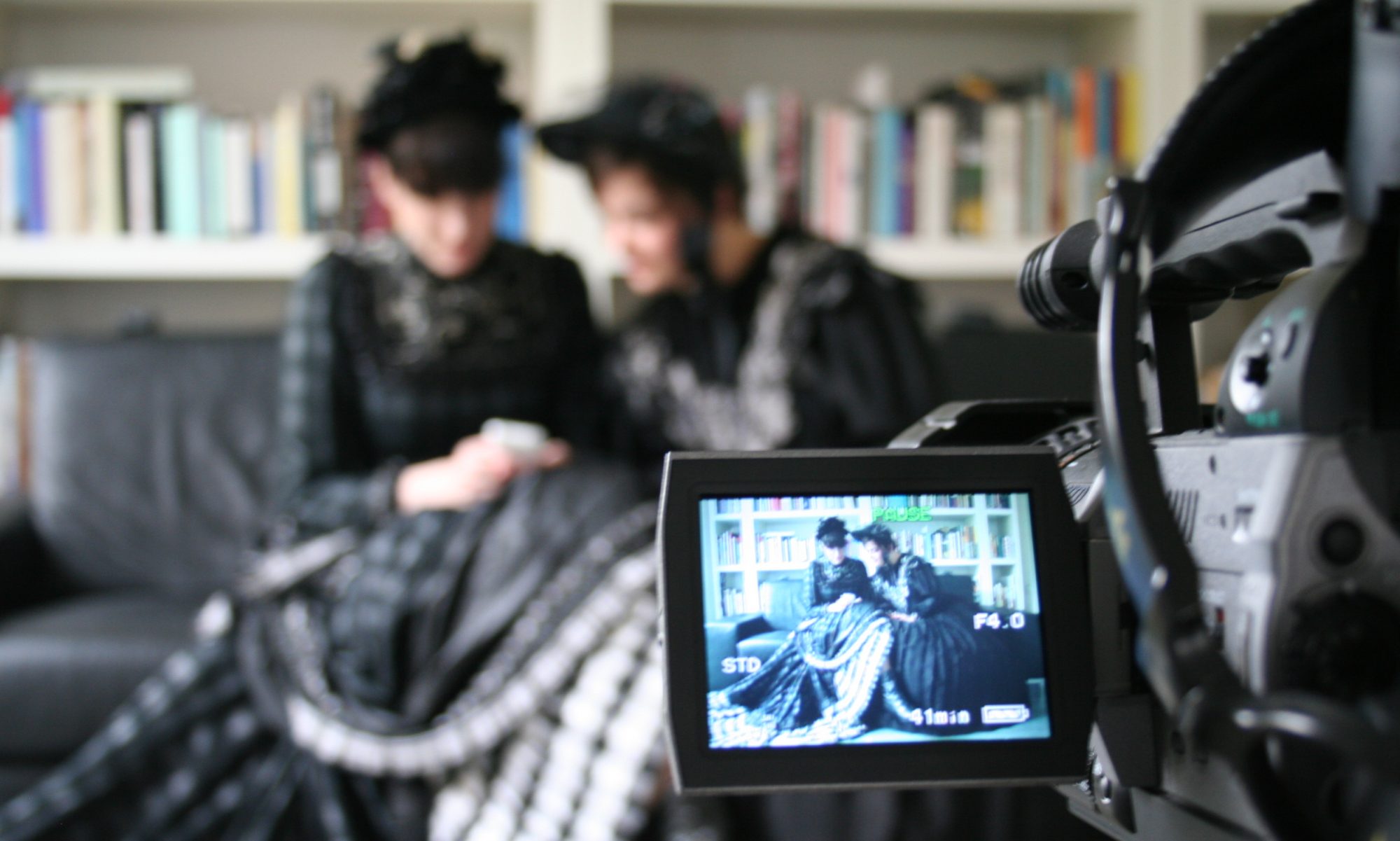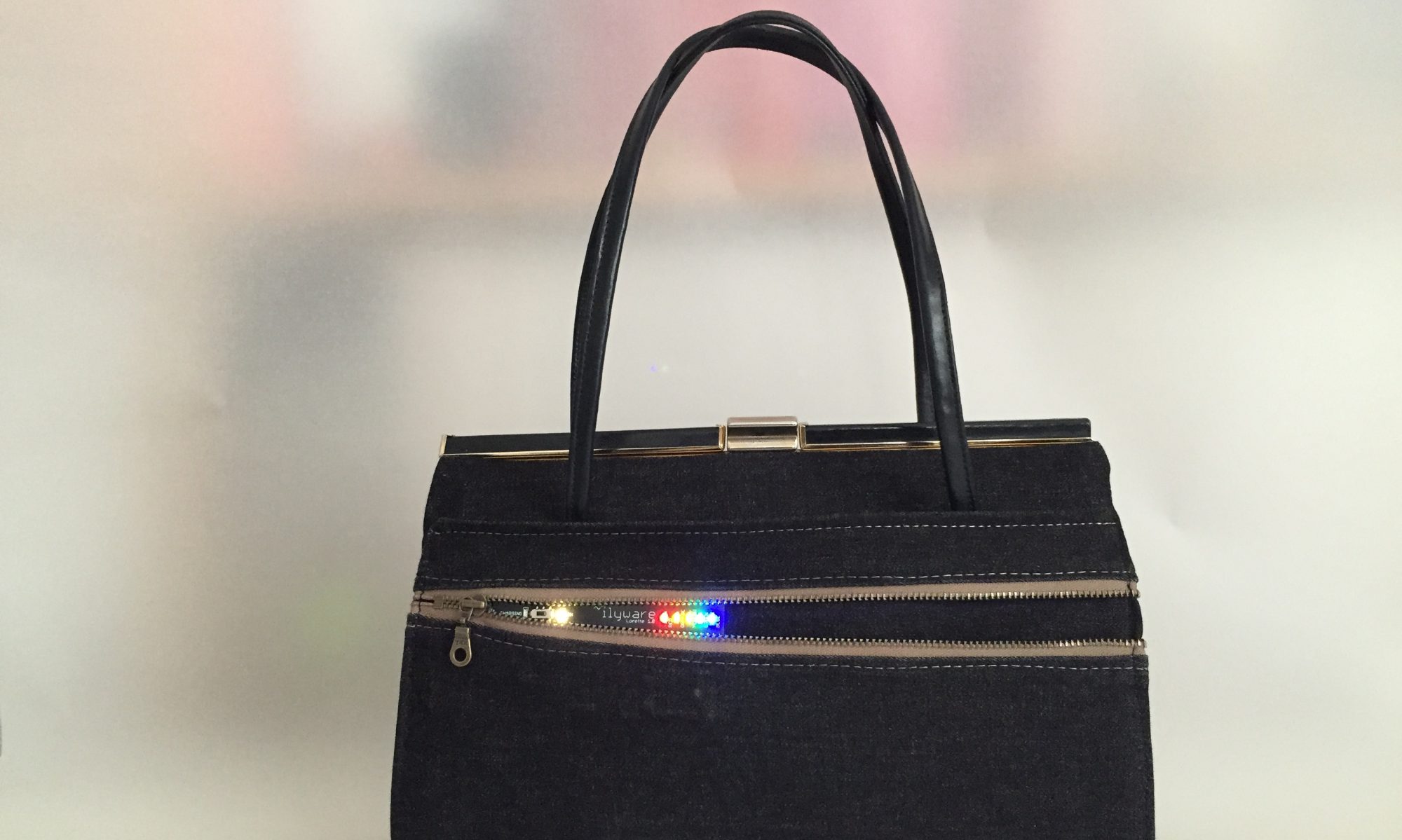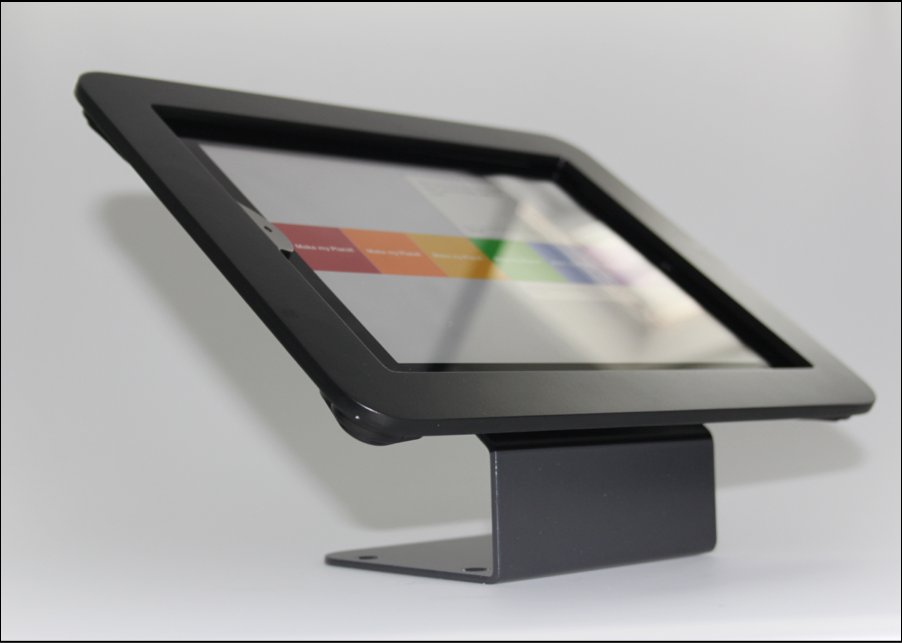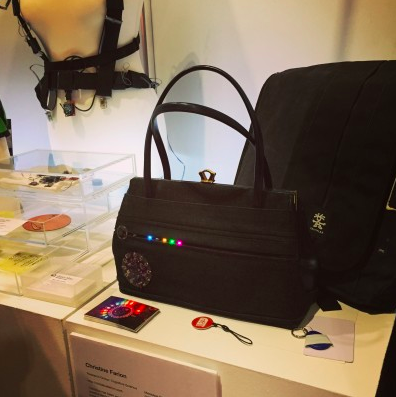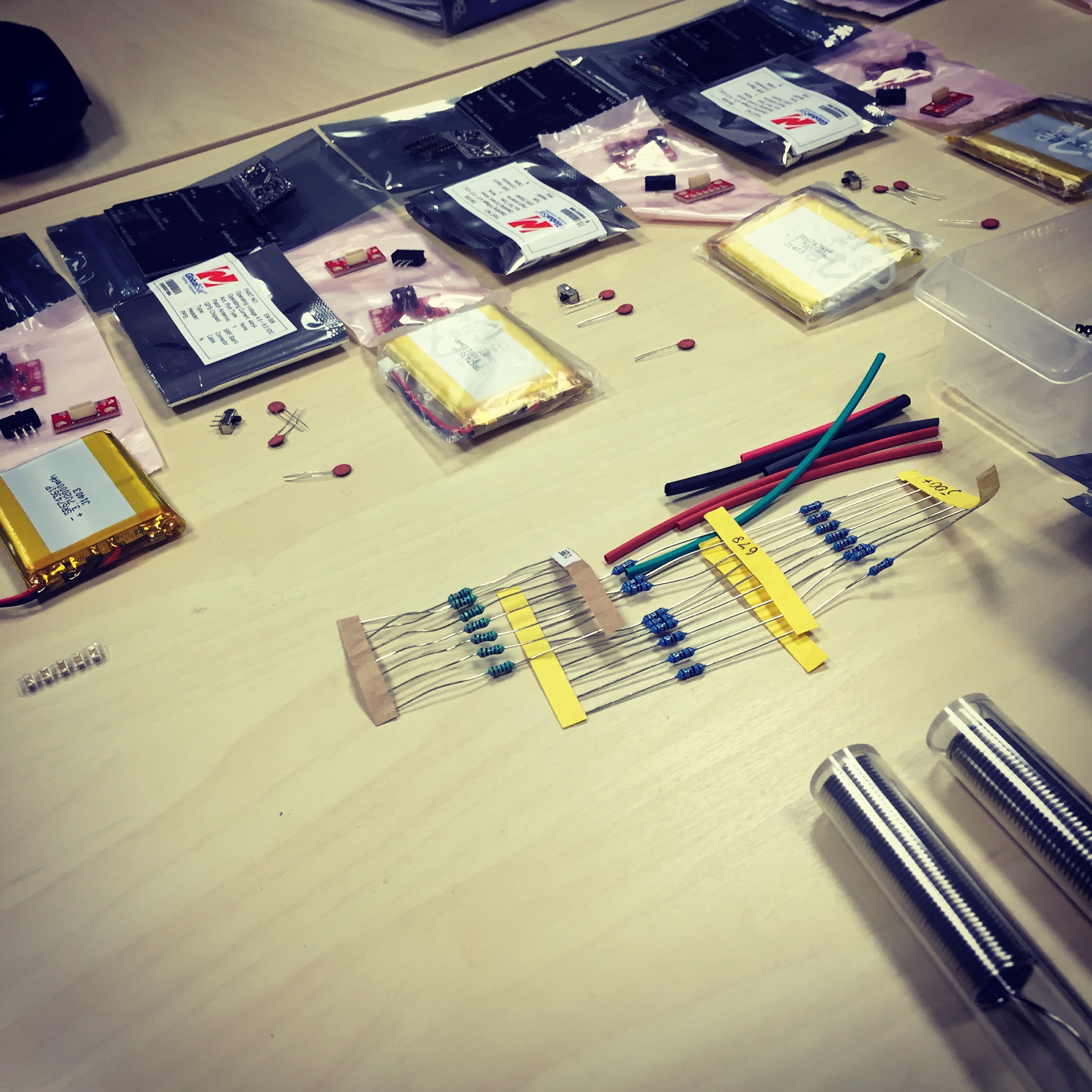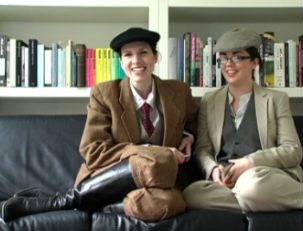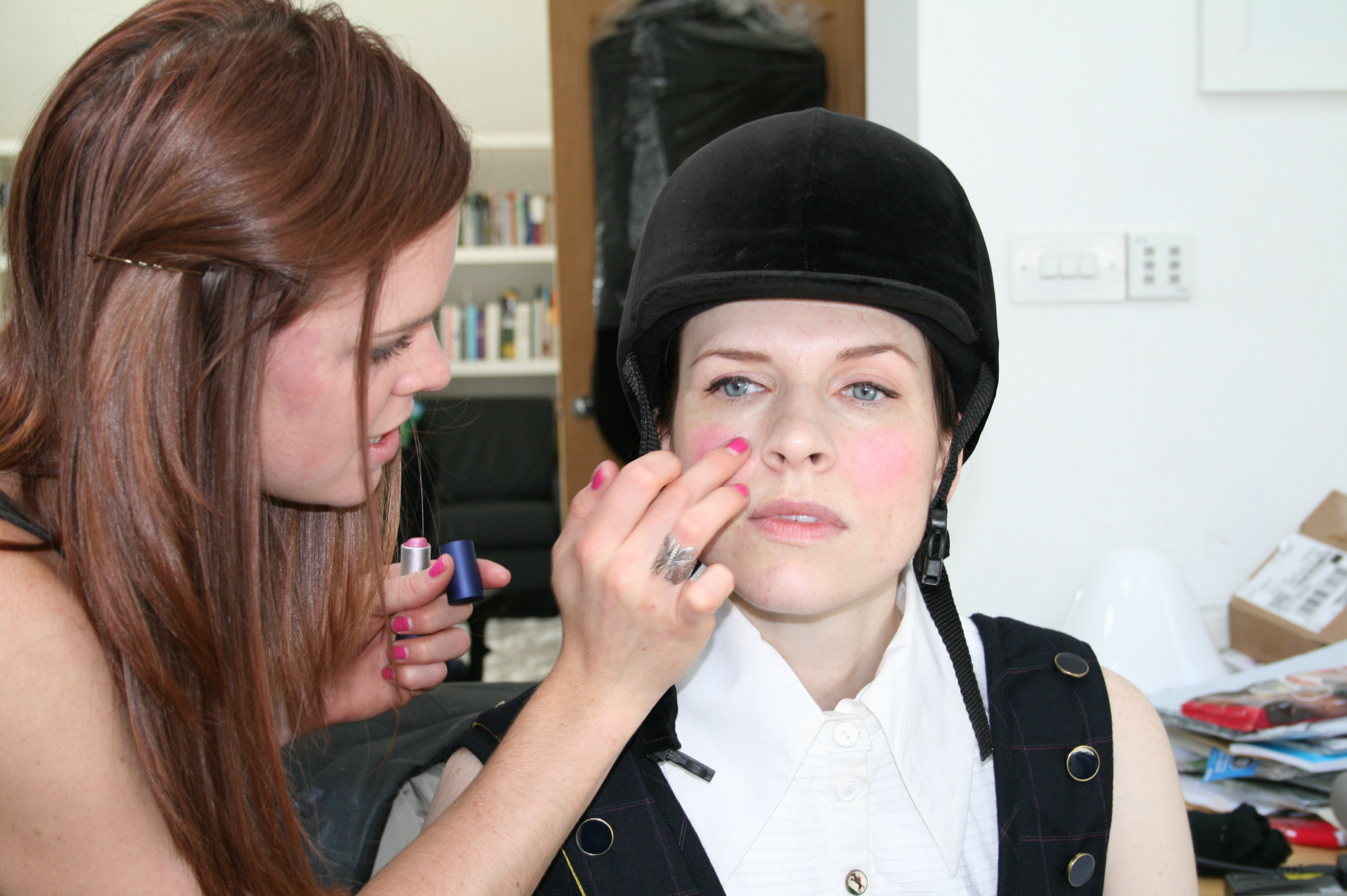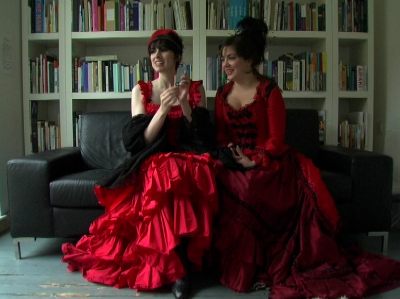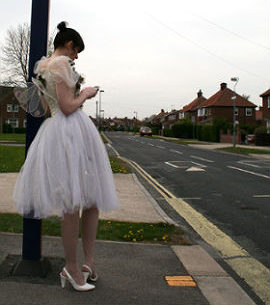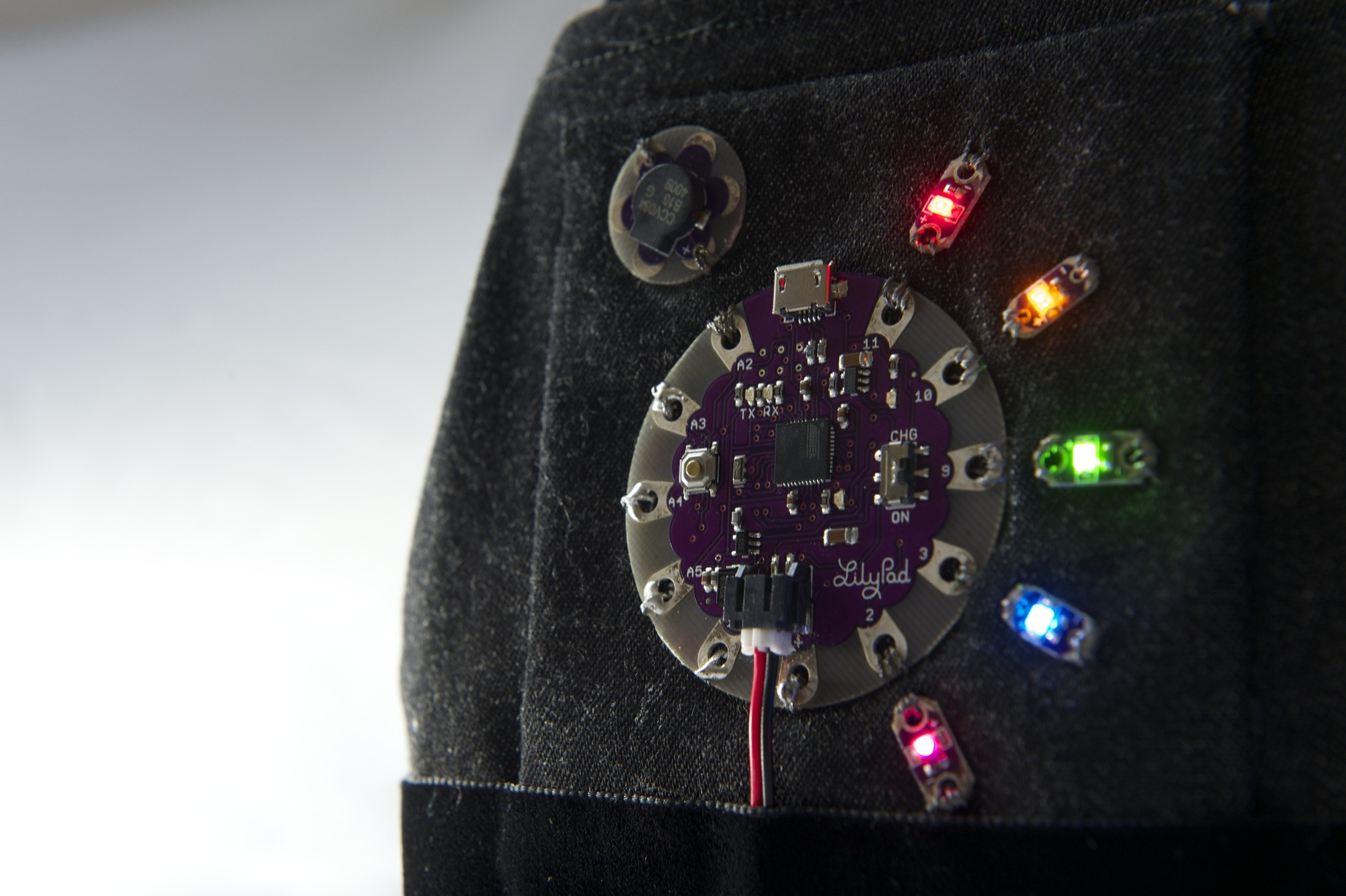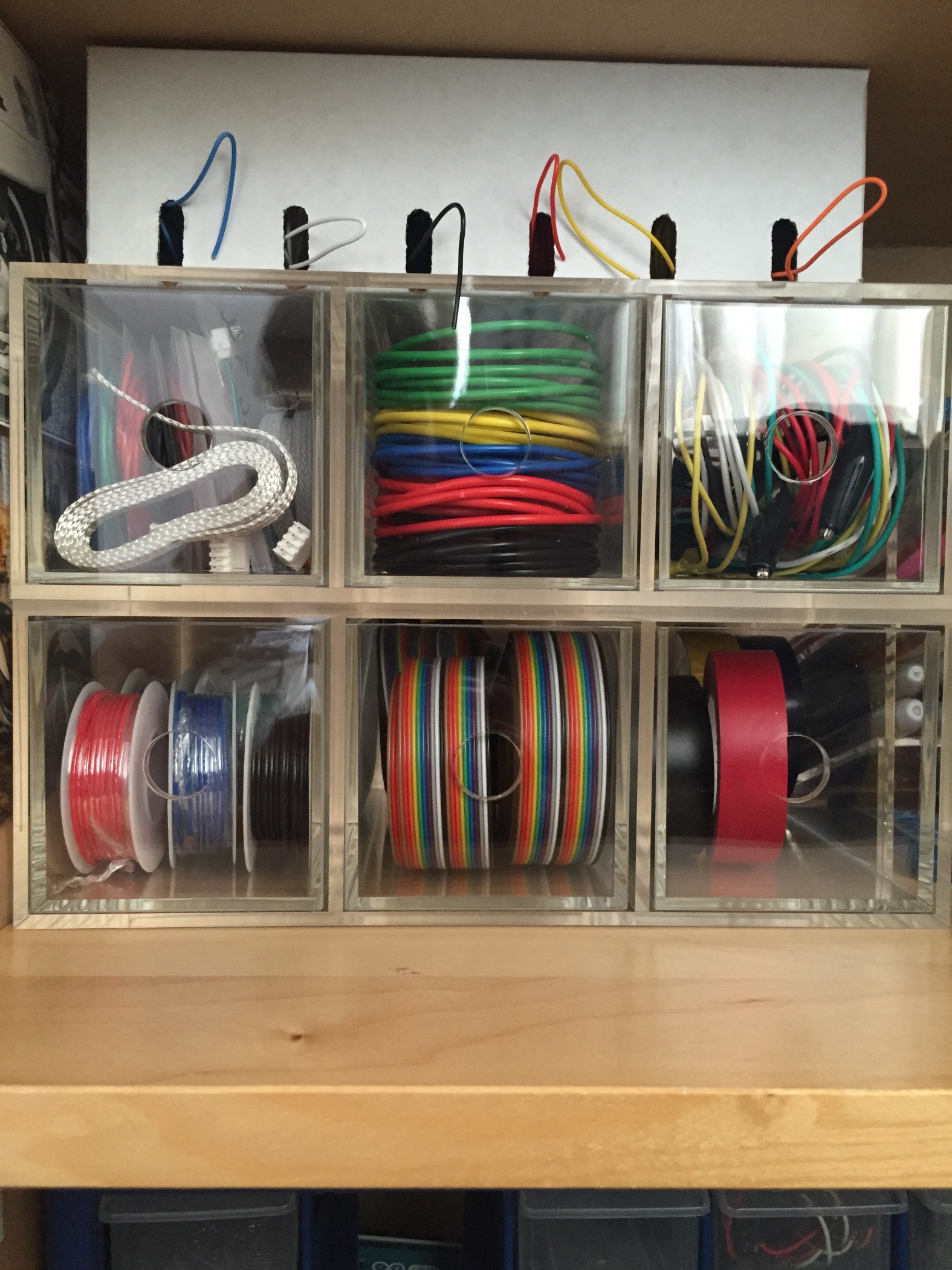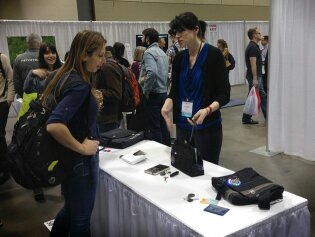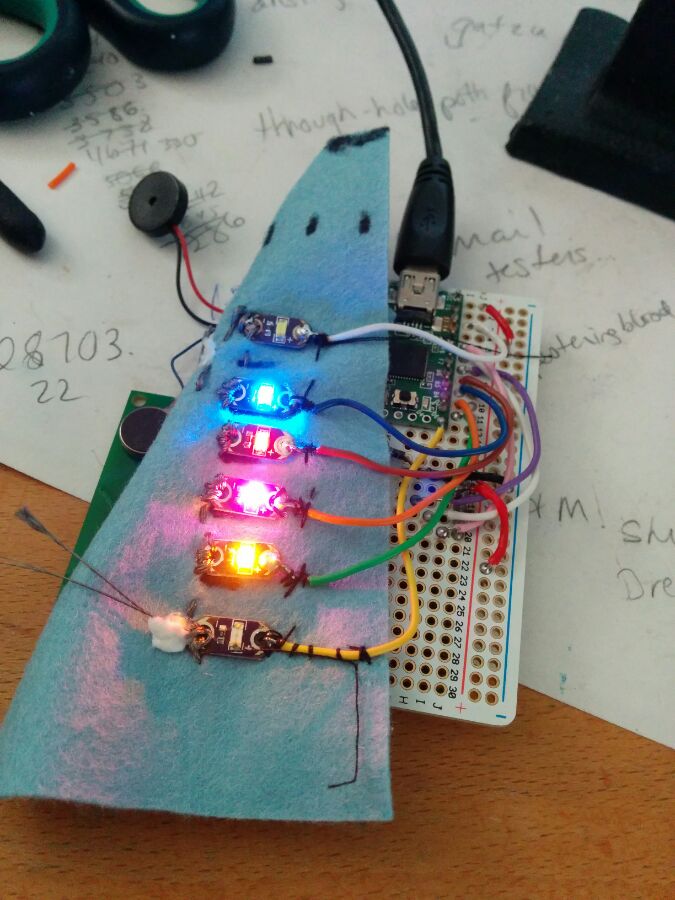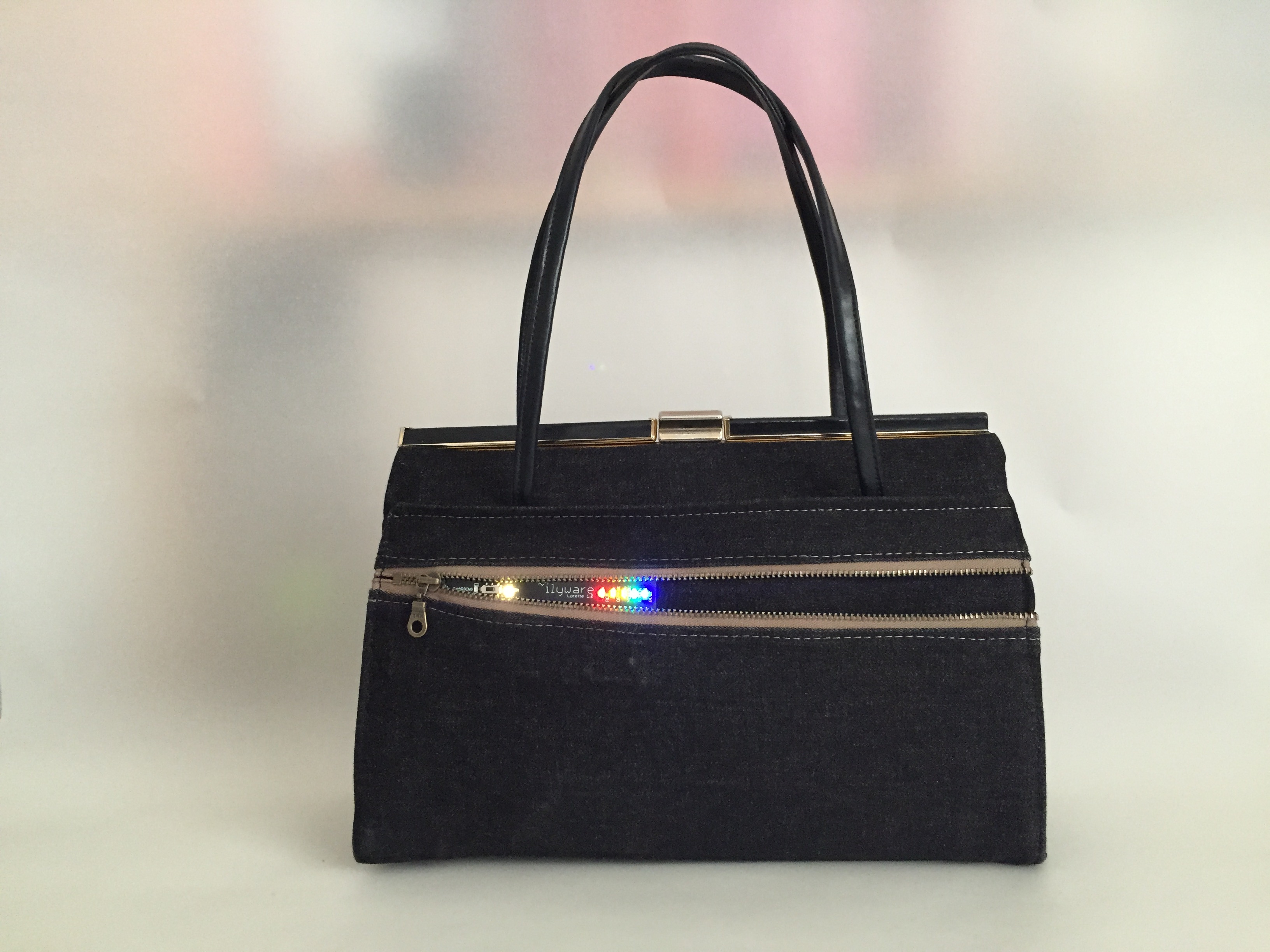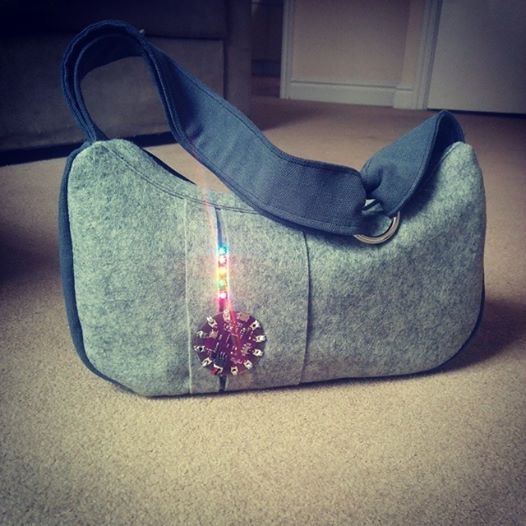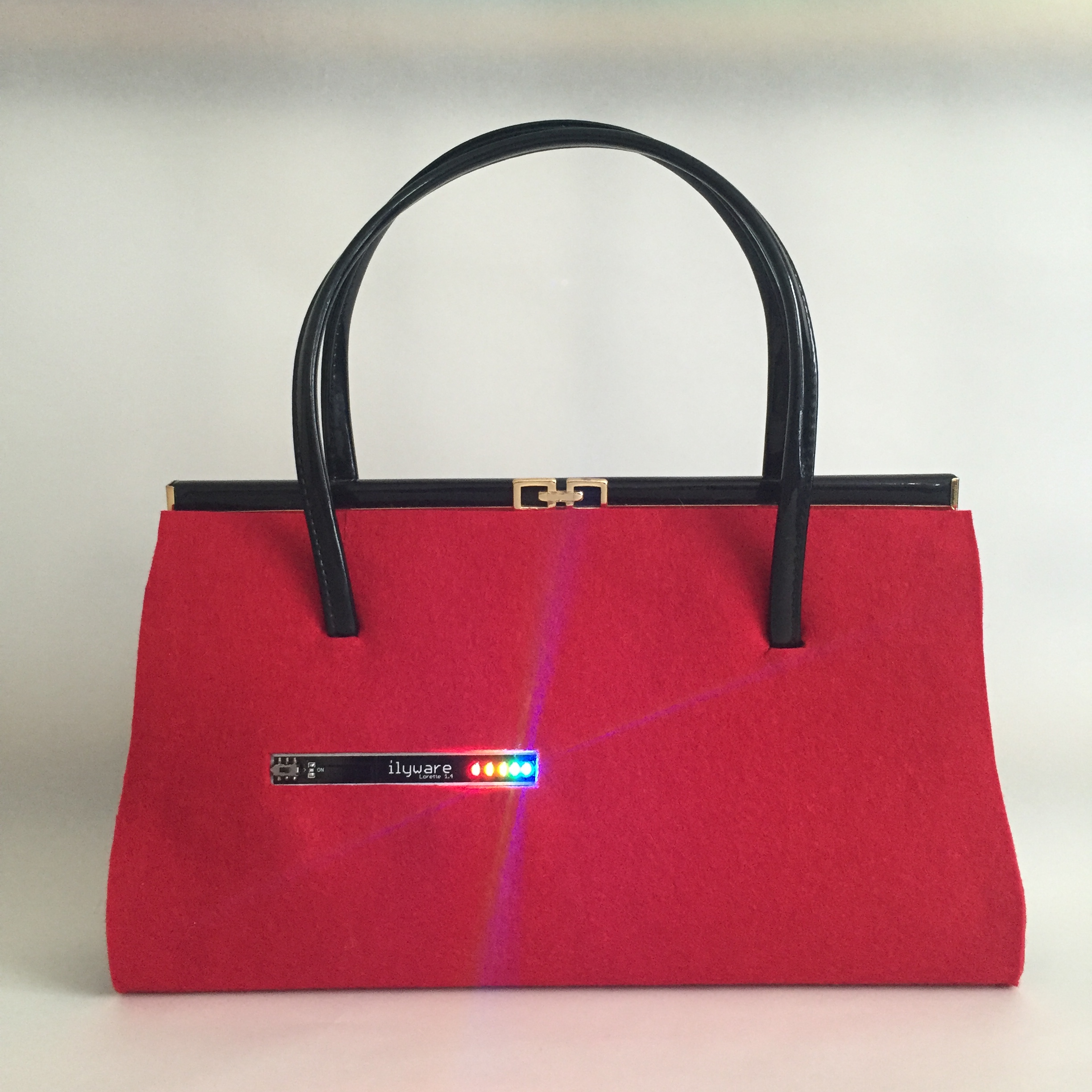Investigation into smart devices to combat perceived forgetfulness
Our research investigates if a smart device can be used to reduce the negative feelings that follow when forgetfulness occurs. The research is contextualized alongside related memory and ubiquitous technology to examine what current solutions there are, what isn’t working and what new methods could be introduced. The research is unique in that there are very few studies and investigations into both aims of reducing the stresses experienced, (as opposed to memory issues itself), as well as studies for healthy individuals.
“Forgetting led to failures in social interactions and influenced their proper performance of everyday tasks. As such they reported that forgetfulness changed their lives, producing worries and feelings of shame and embarrassment, and creating the need to establish new practices in everyday life. At the same time, forgetfulness decreased their ability to establish new practices.” Imhof et al (2006)

We have augmented an everyday object (in our case it is a bag or backpack that forms part of your everyday routine), whereas in the field currently there is predominance for software solutions, such as mobile phone applications, or completely new, foreign objects to be made. We are working towards design ideas / methods / comparisons for the use of embedded computing in an everyday object done in such a way so that it would reduce that stress experienced by healthy individuals which potentially in turn could improve quality of life.
Statement of Intent
Our approach to design is inspired by research in distributed cognition: we aim to ease the cognitive burden on the user by distributing memory to smart artifacts, in an aim to dissolve boundaries of the individual. We can see bag + individual user as a single distributed cognitive system, spreading cognitive load from user to a smart device- in our proposal, a bag, enabling them to pack their bag as usual. Only in the case that they forget an important item, do they then need to act upon it.
Alternatively, areas to potentially explore with this smart device could be extended to incorporate communication from many individuals, making a one- to-many model of use, where there are several users communicating to one bag, which is specifically for one user. This distribution of information, possibly utilizing social media, messaging and similar other forms of communication, could mean further relief of cognitive load with users then effectively becoming less forgetful.
Why a bag? In modern society, we see bags of varying nature to suit our journey / needs, from backpacks, to wheeled luggage, to sports bags and designer purses. Ultimately they allow us to bring items we consider necessary from one location to another. However, one common denominator with all these bags is that they don’t have a way to communicate to us what is inside them, and through the lack of information the bags offer us, we frequently forget items we need or should have packed. This is the area we are focused on.
